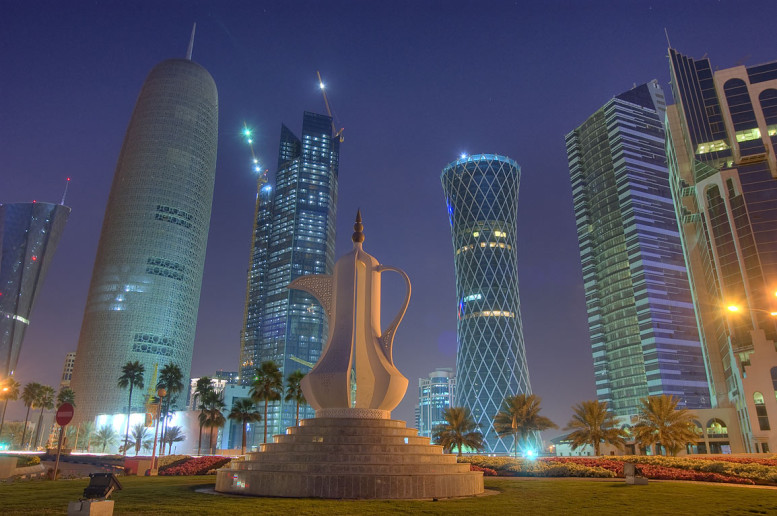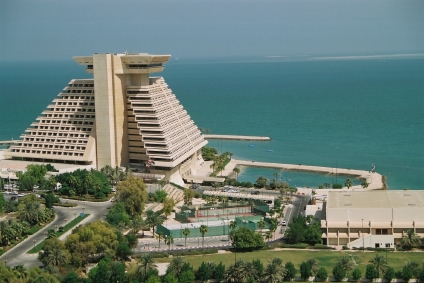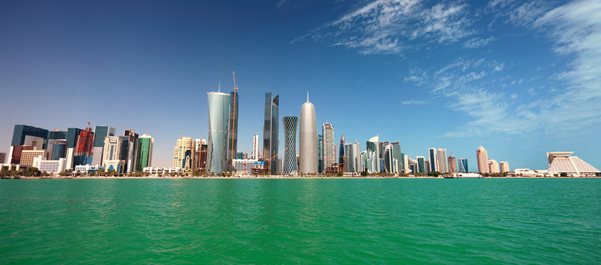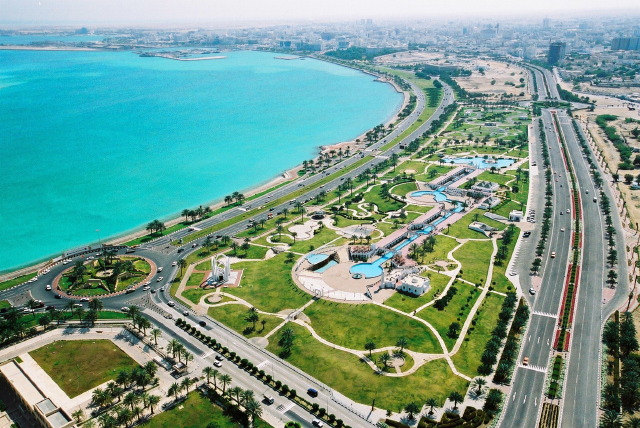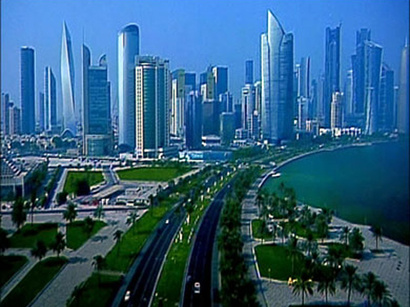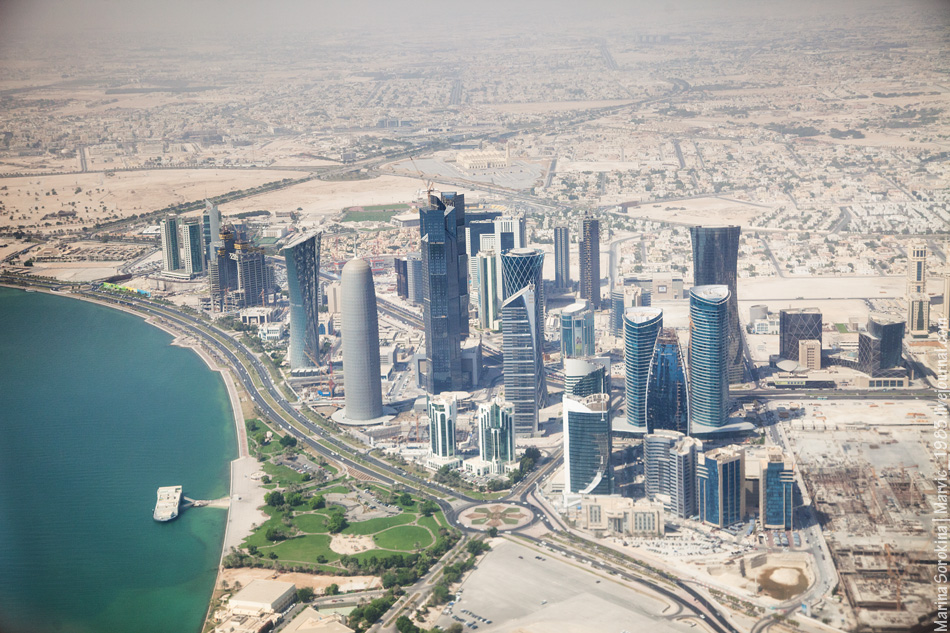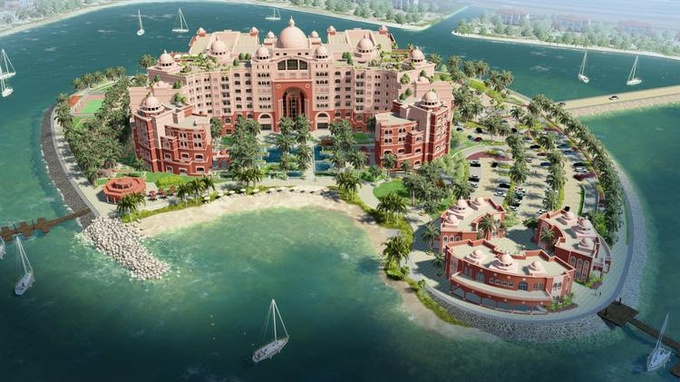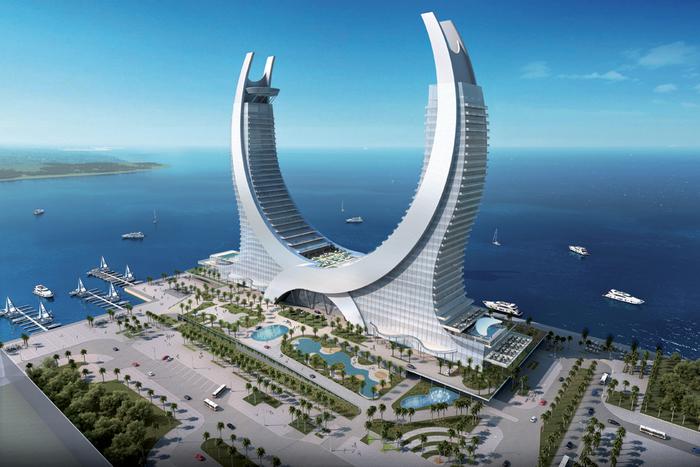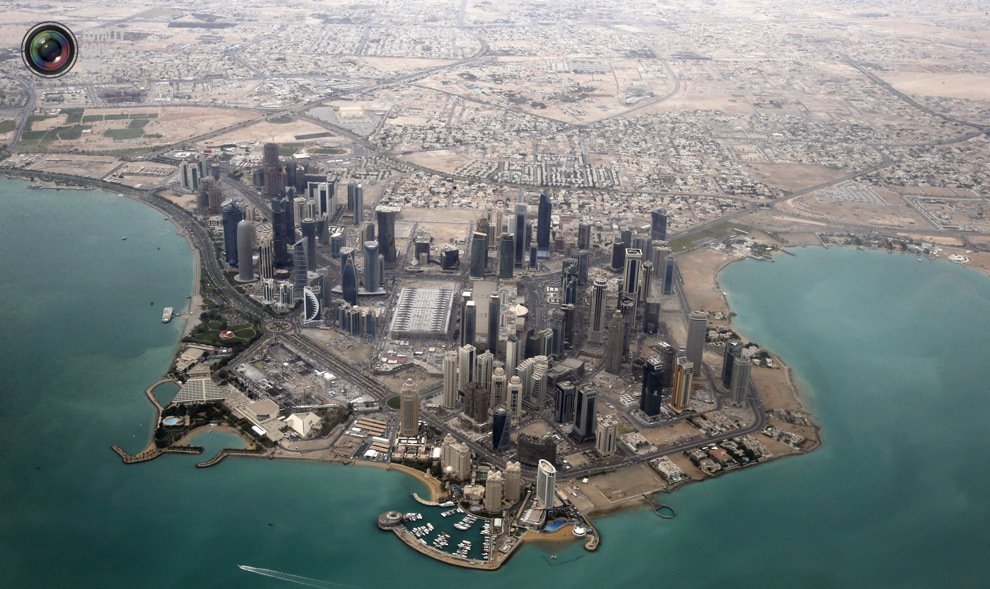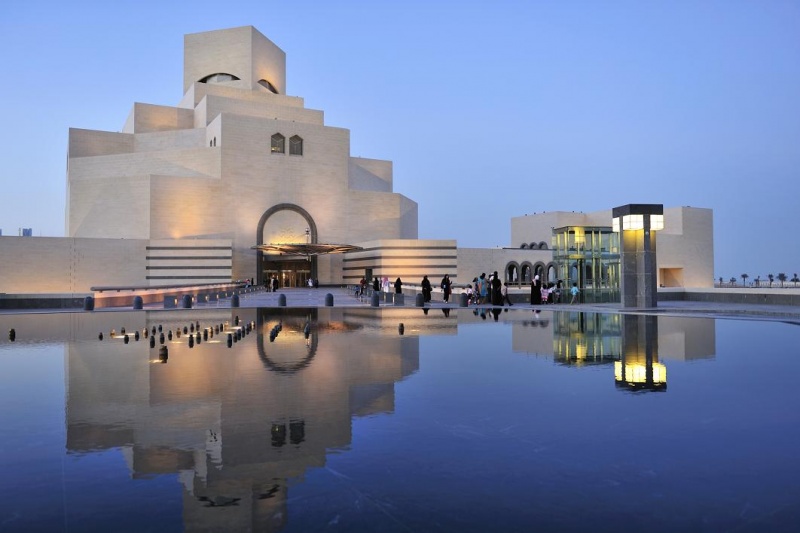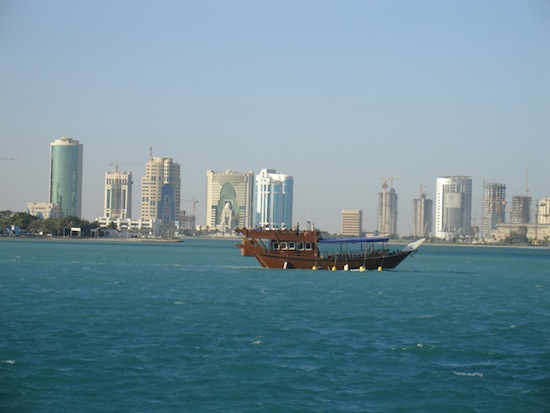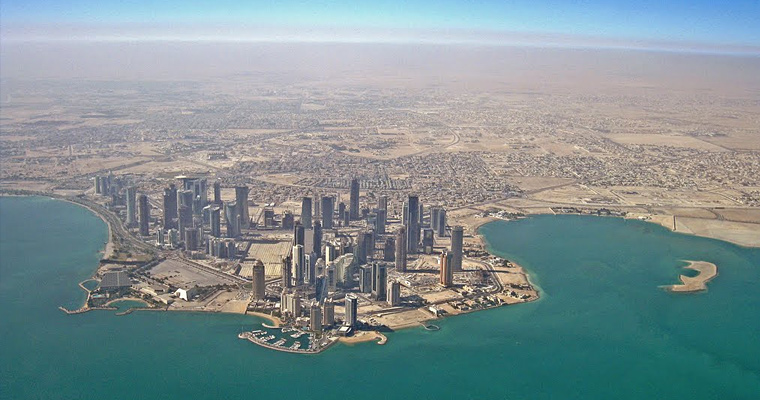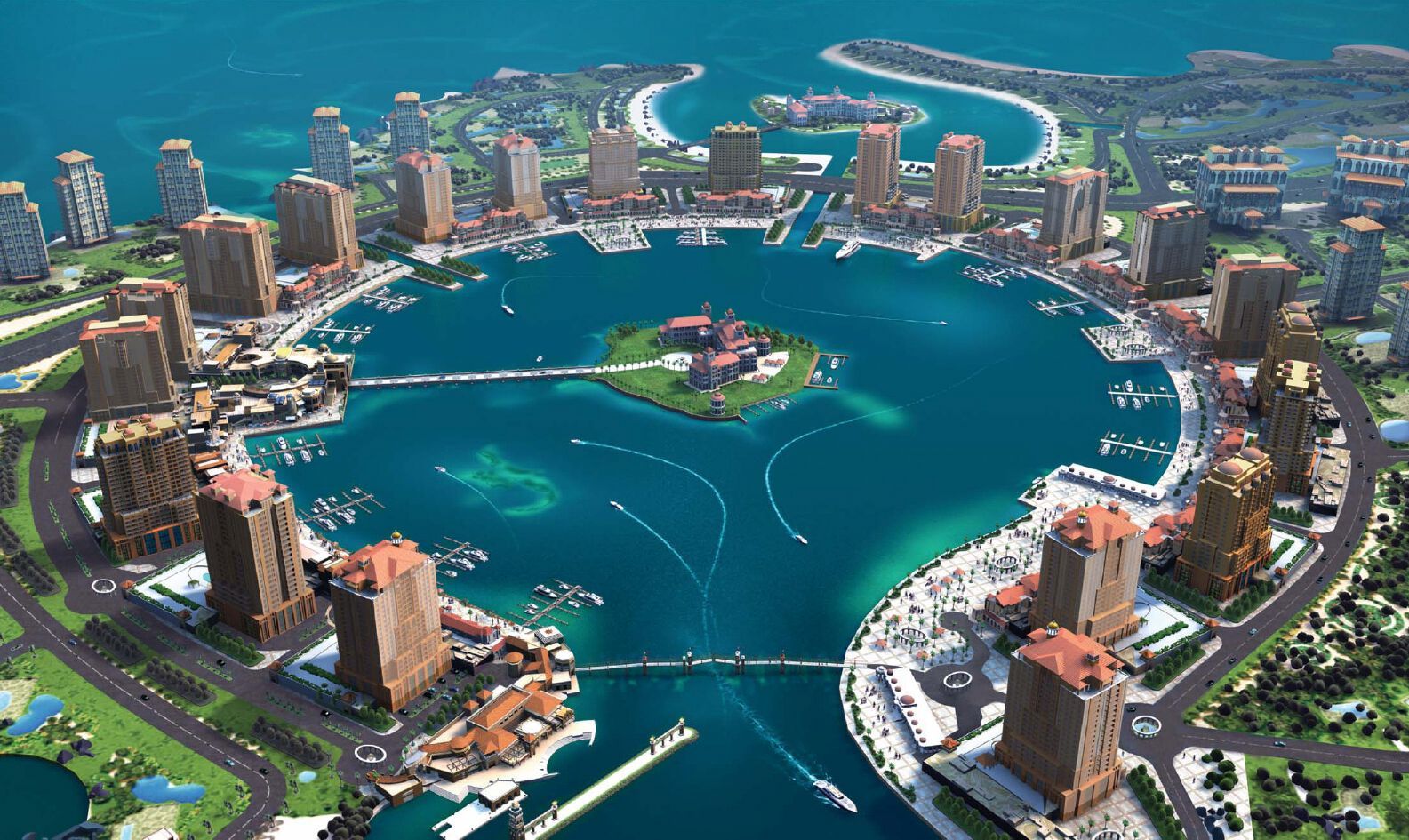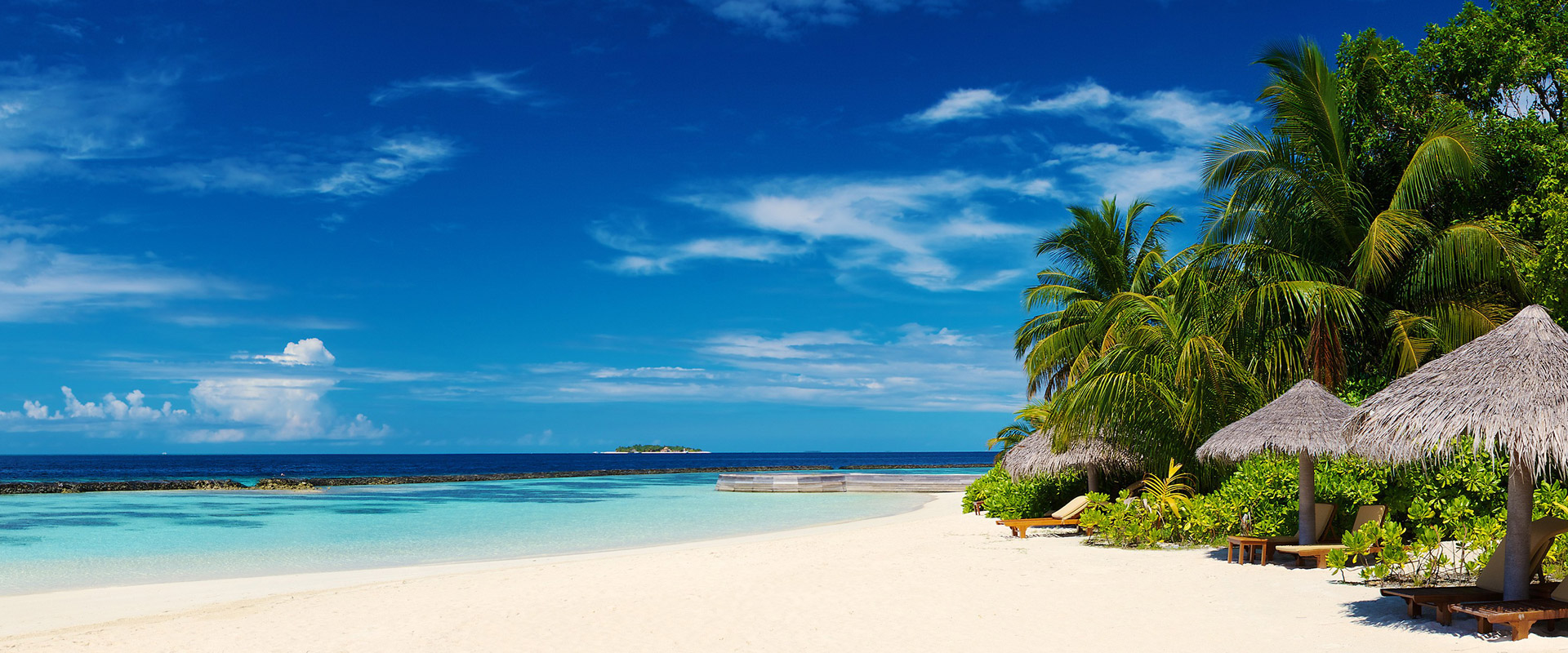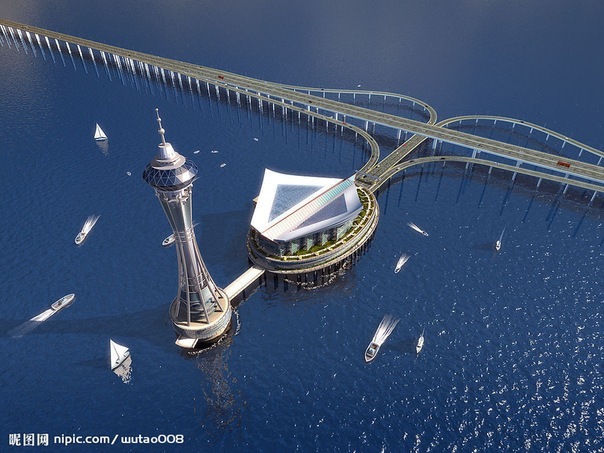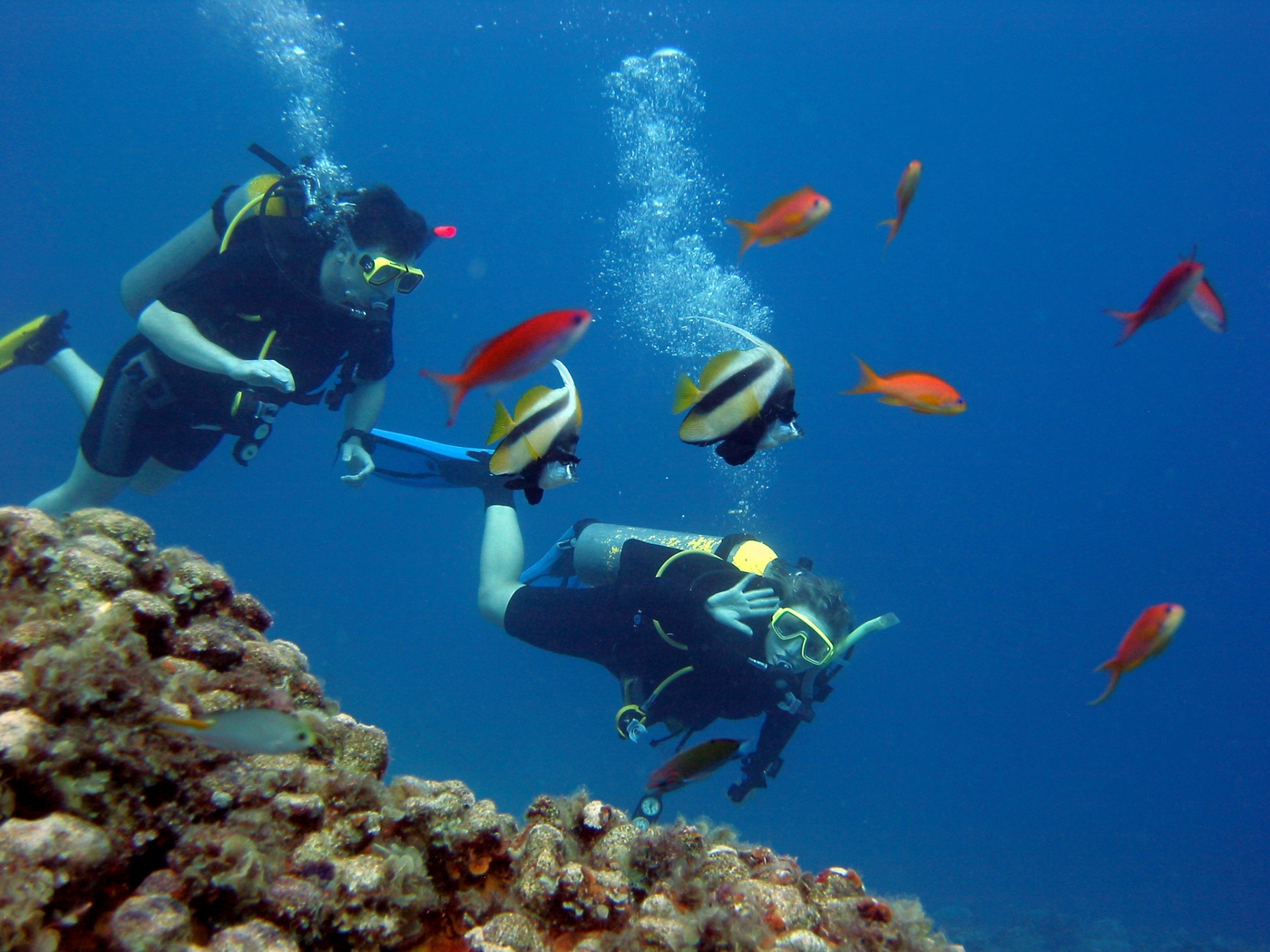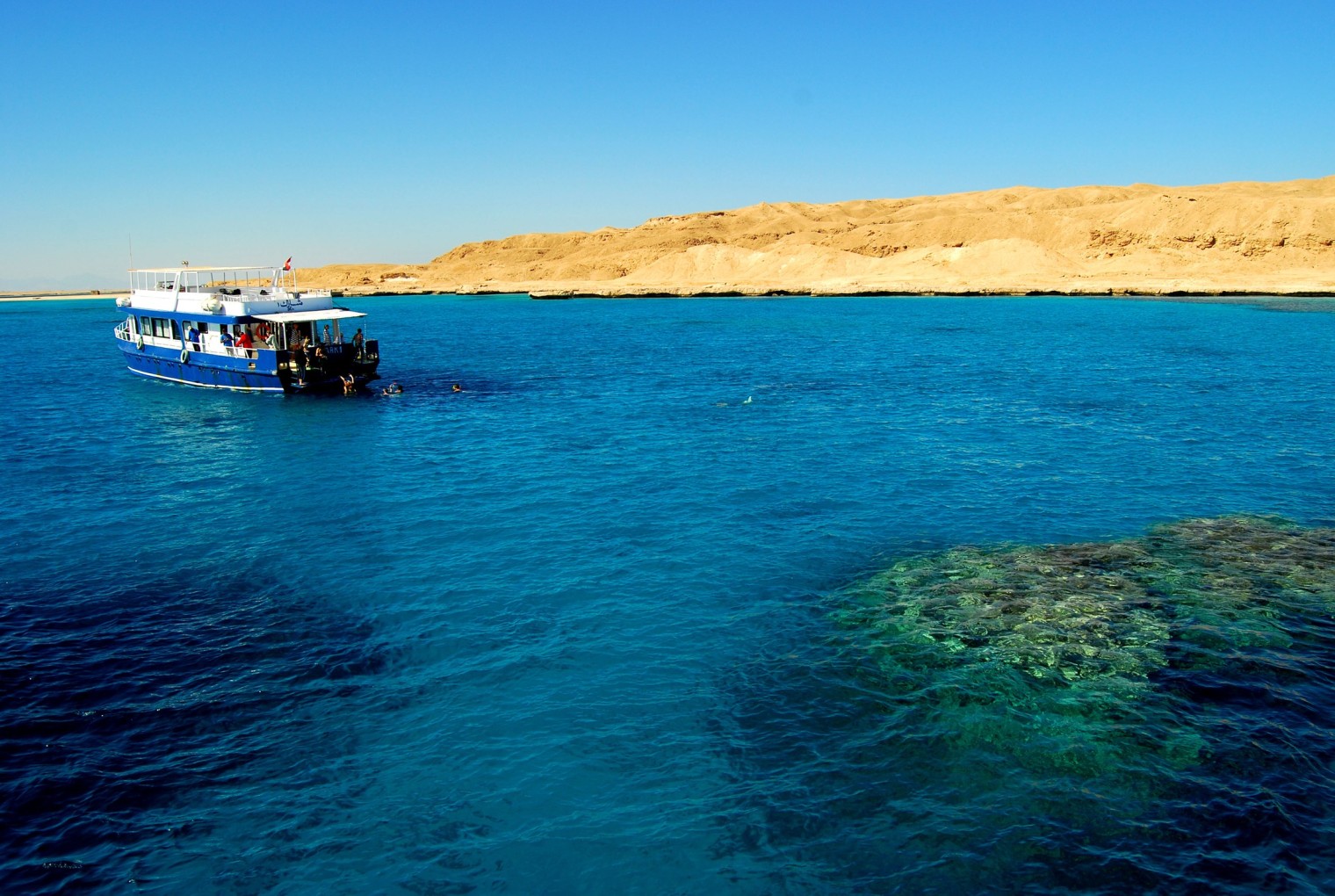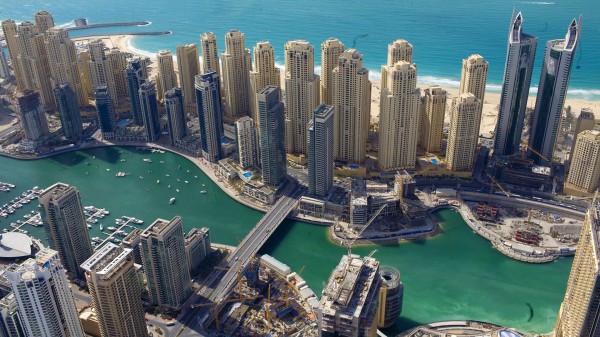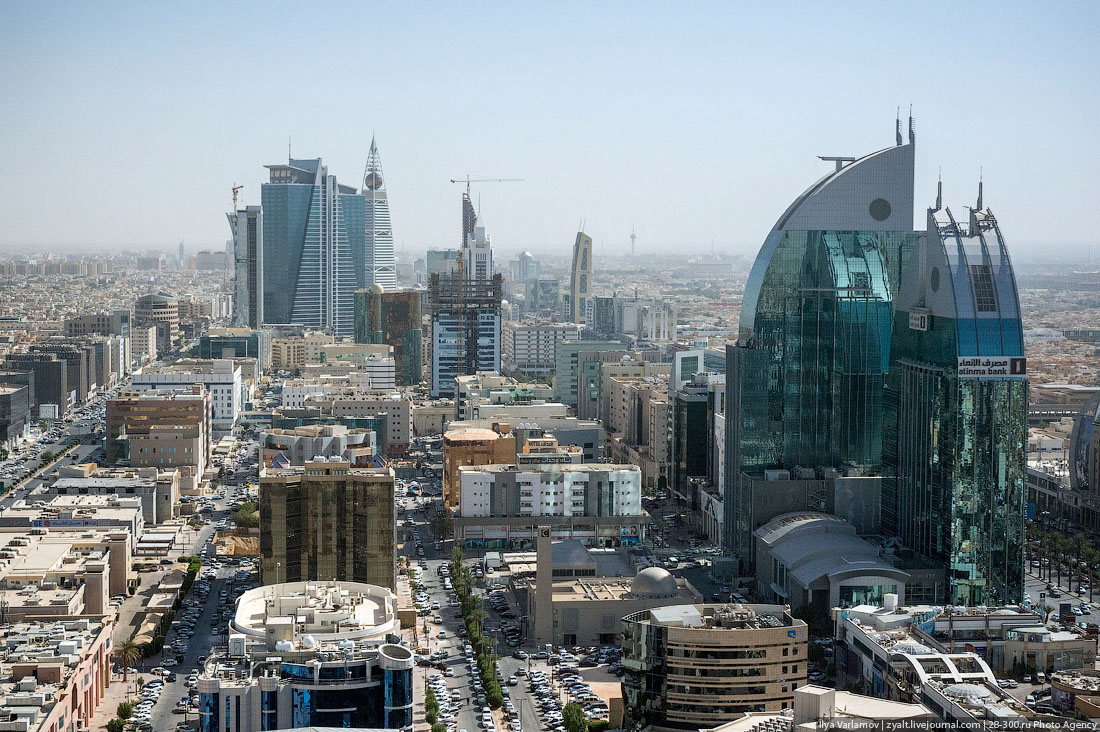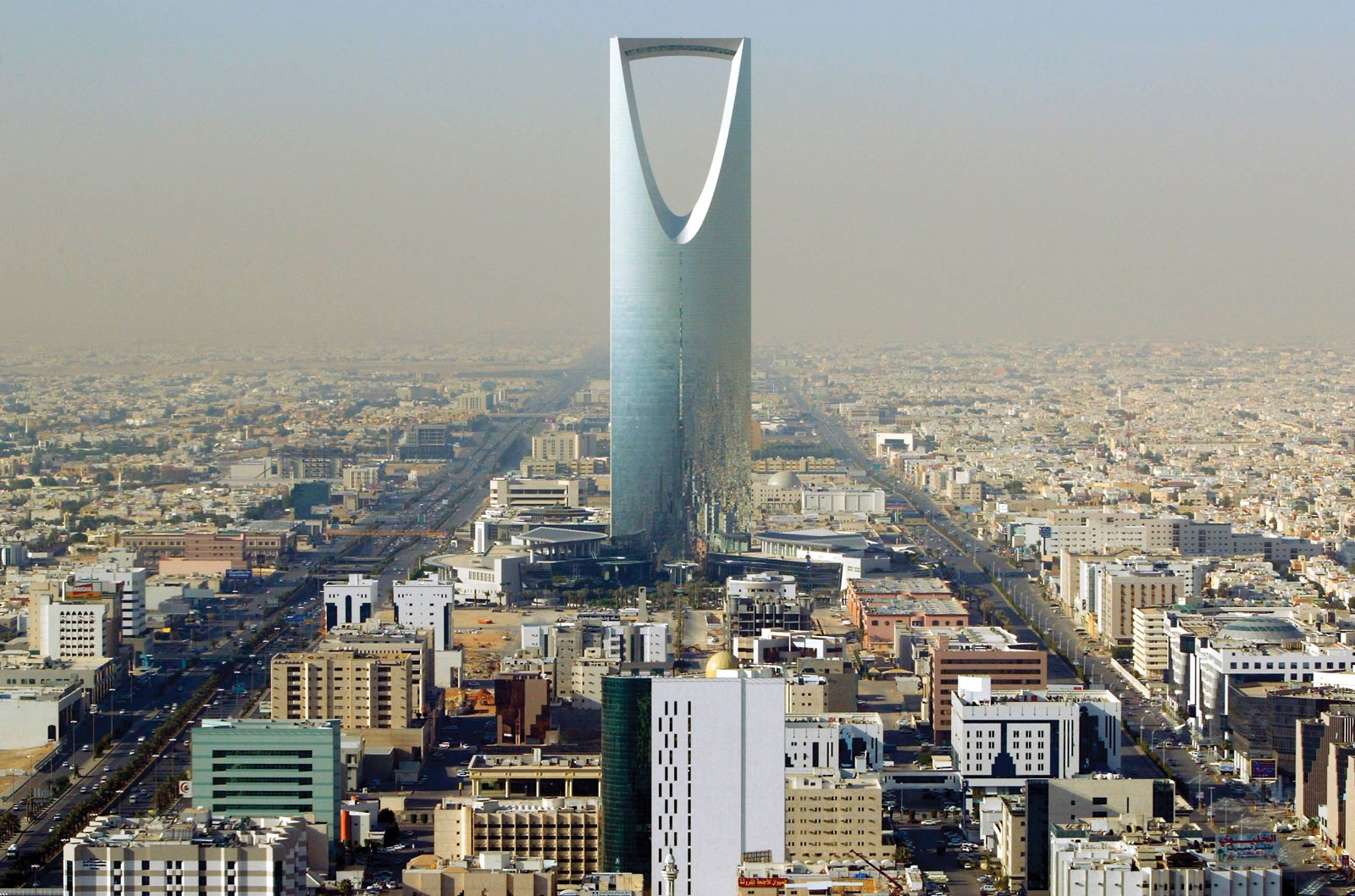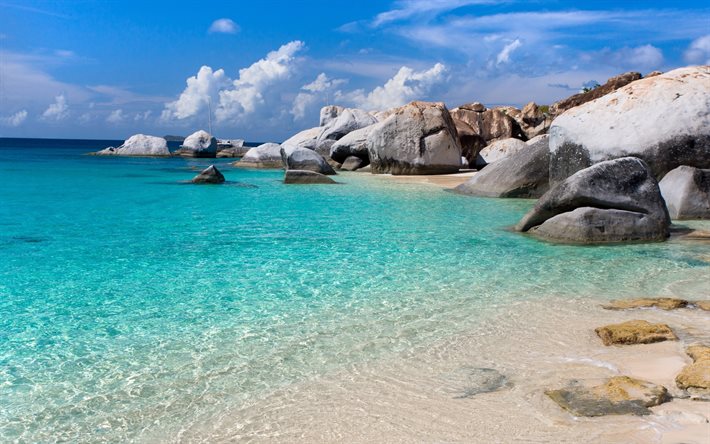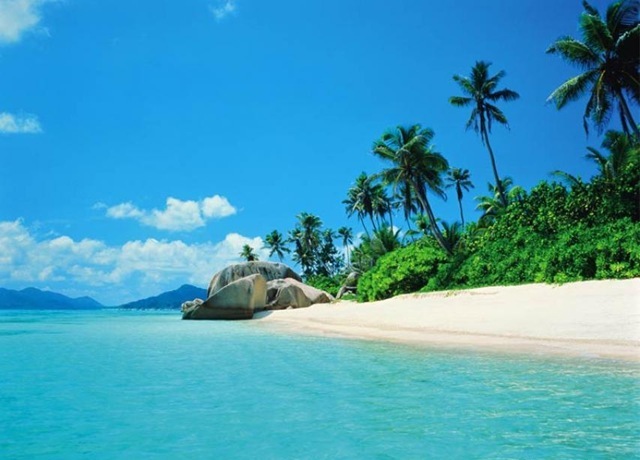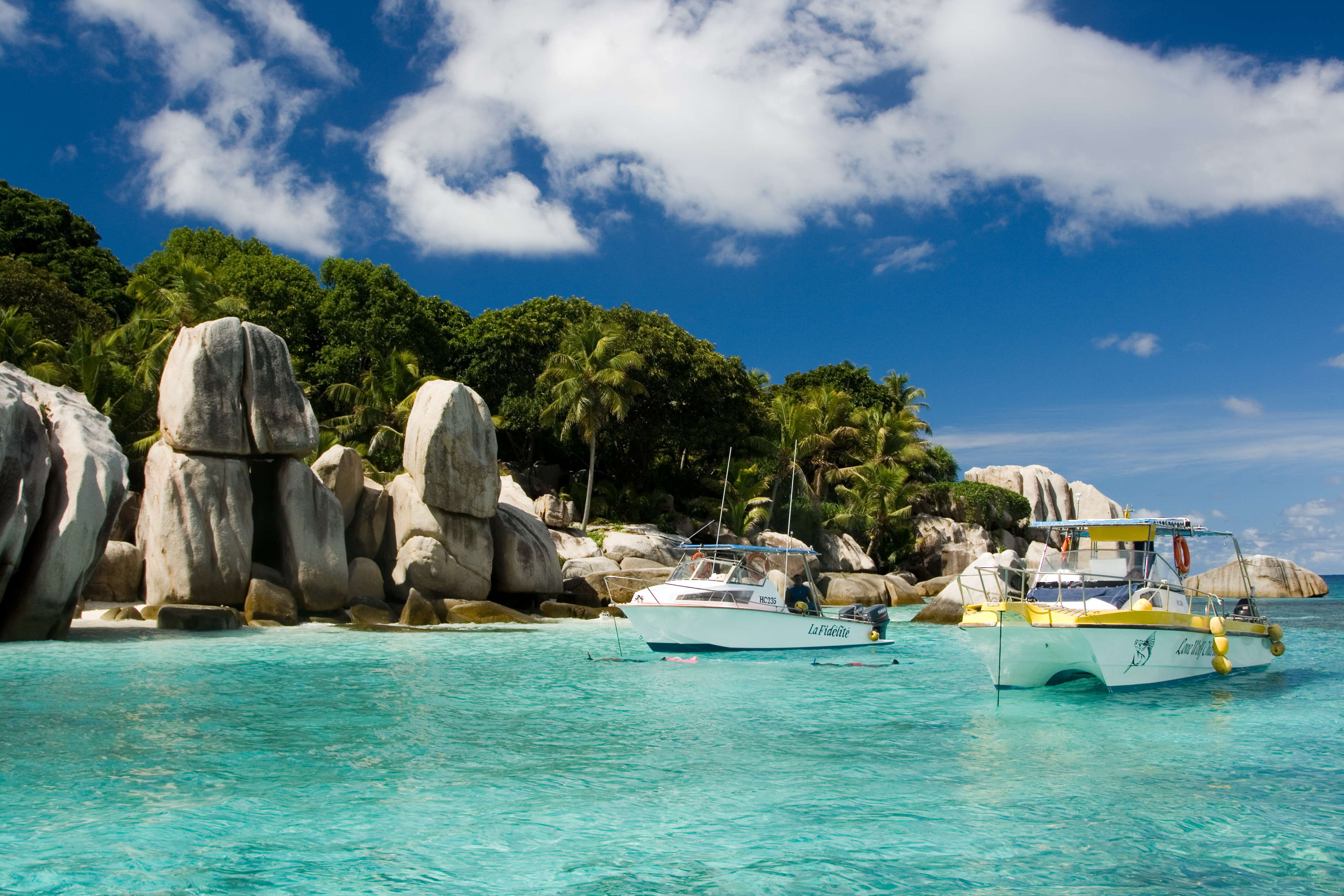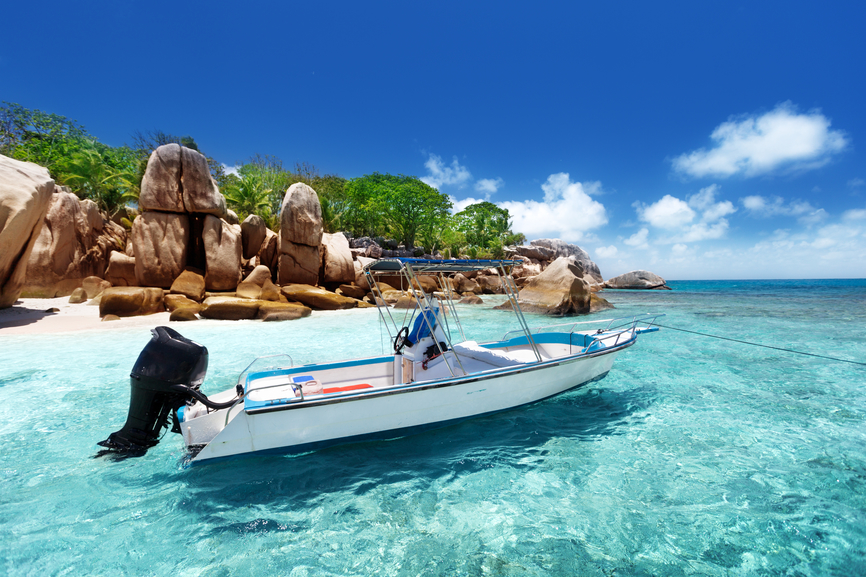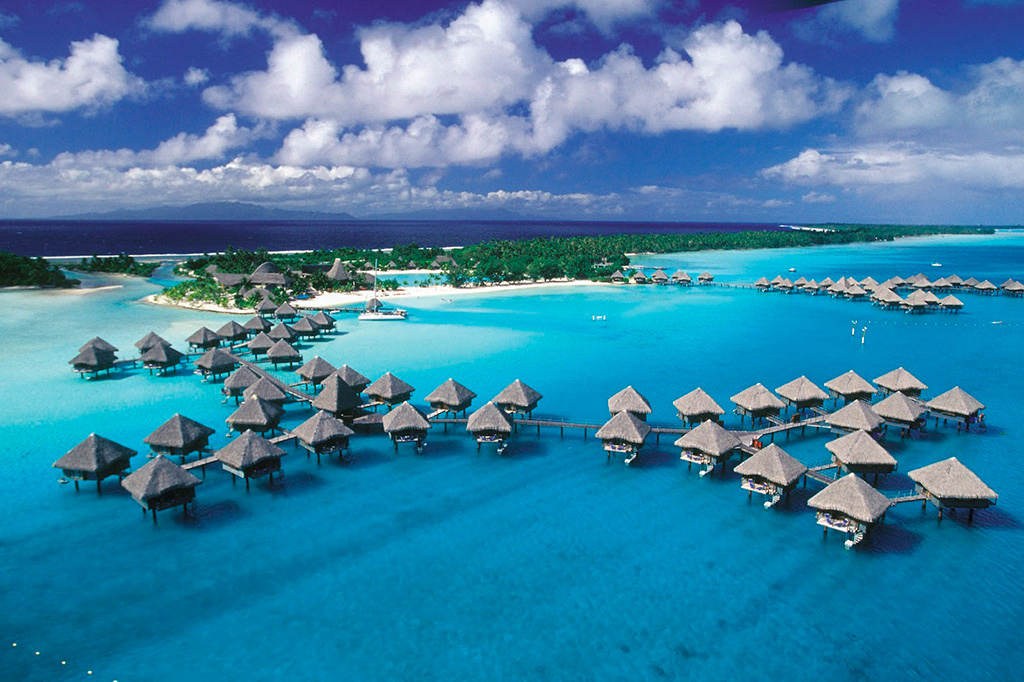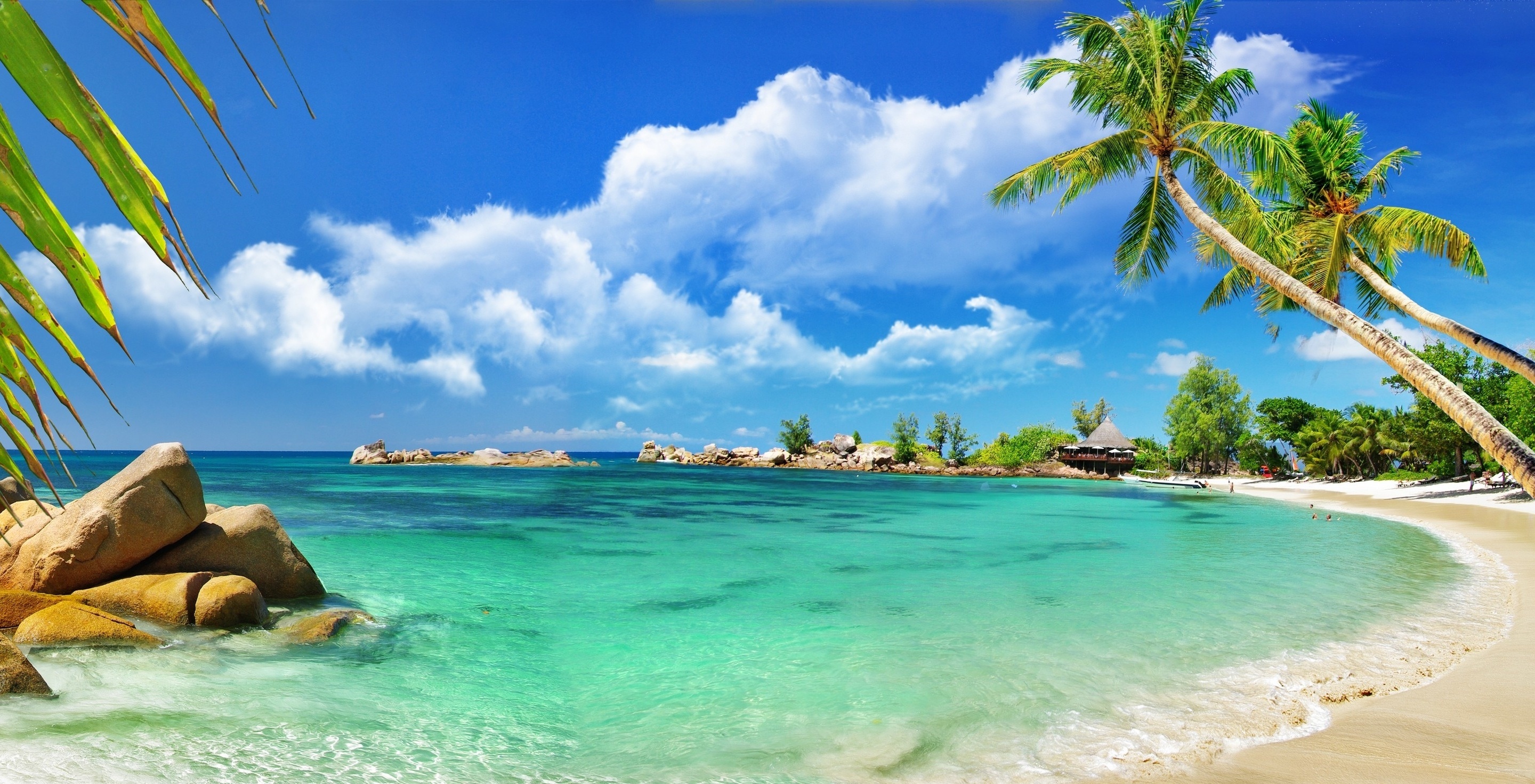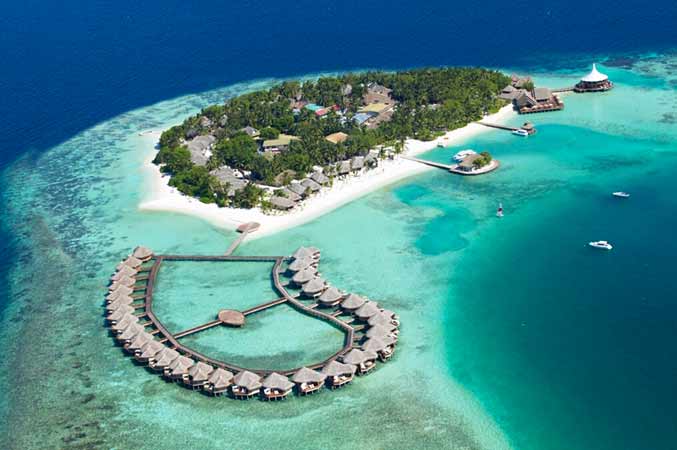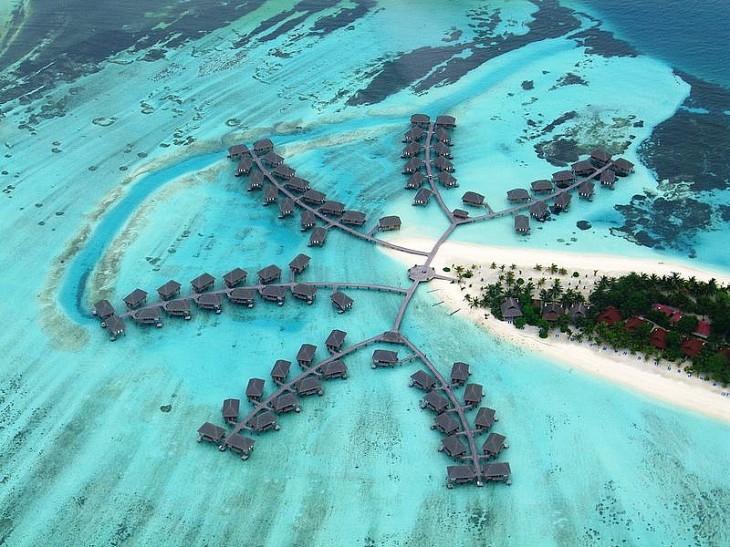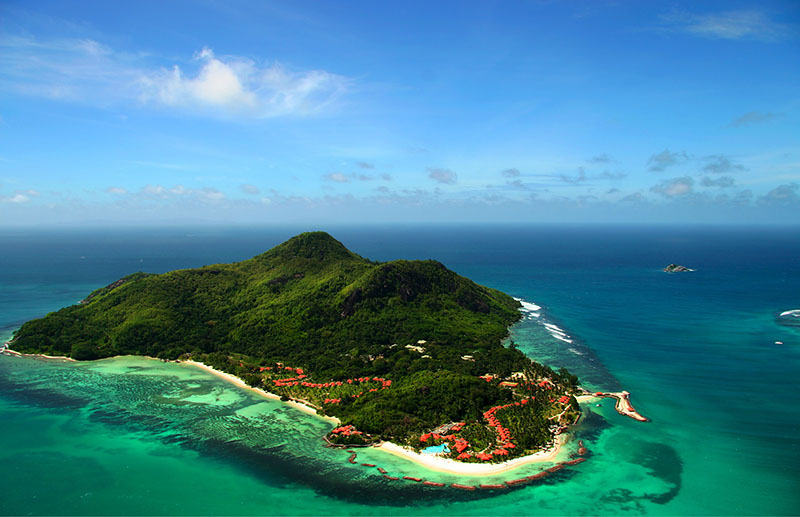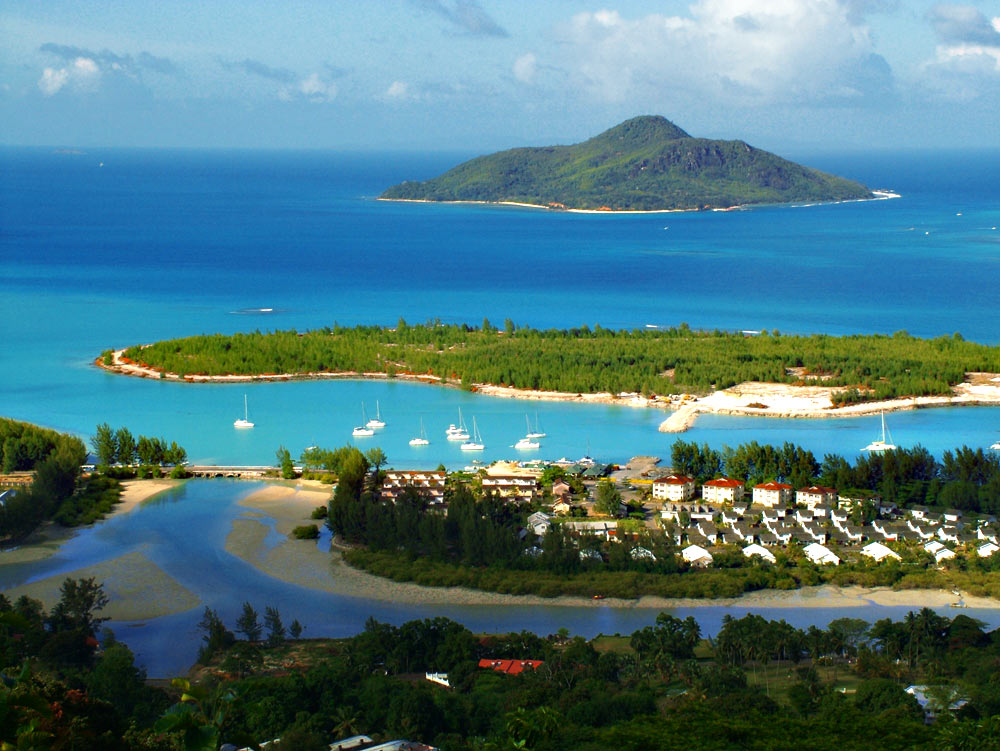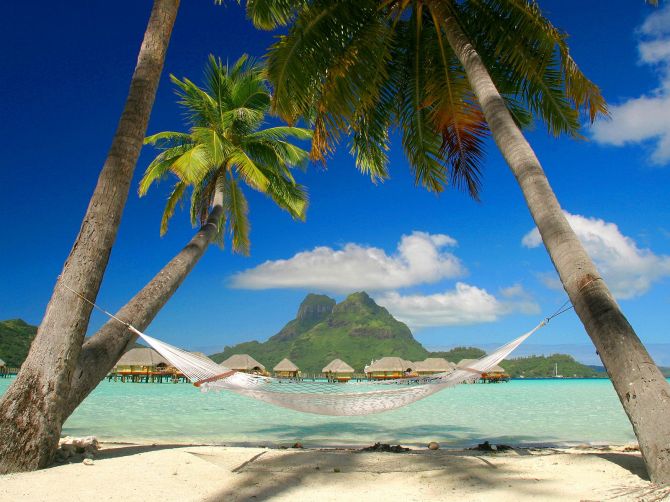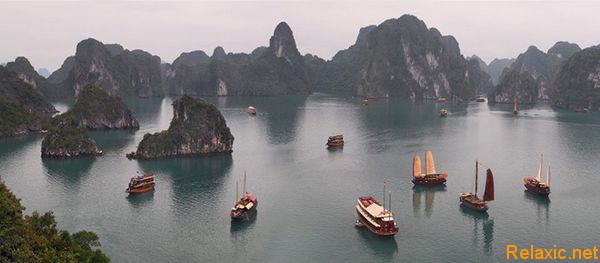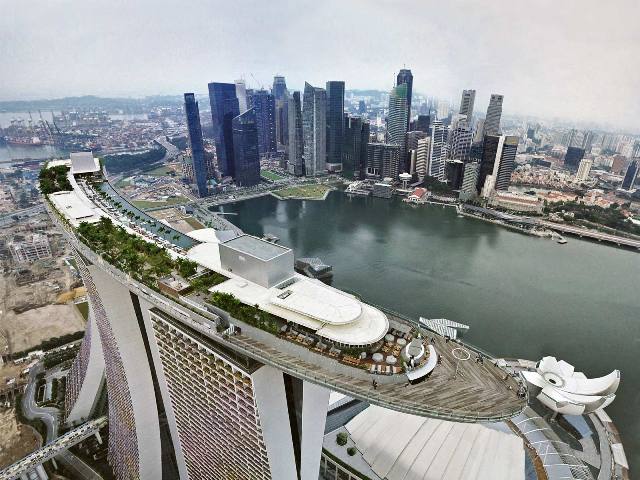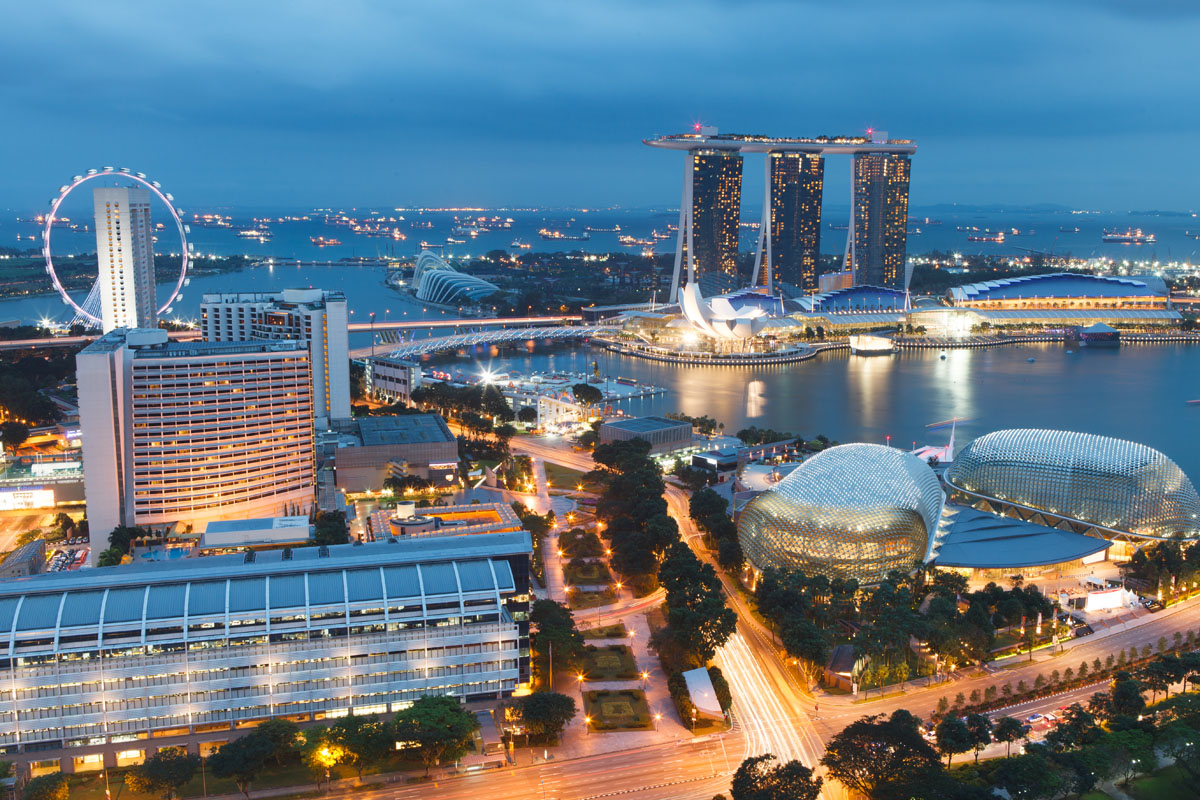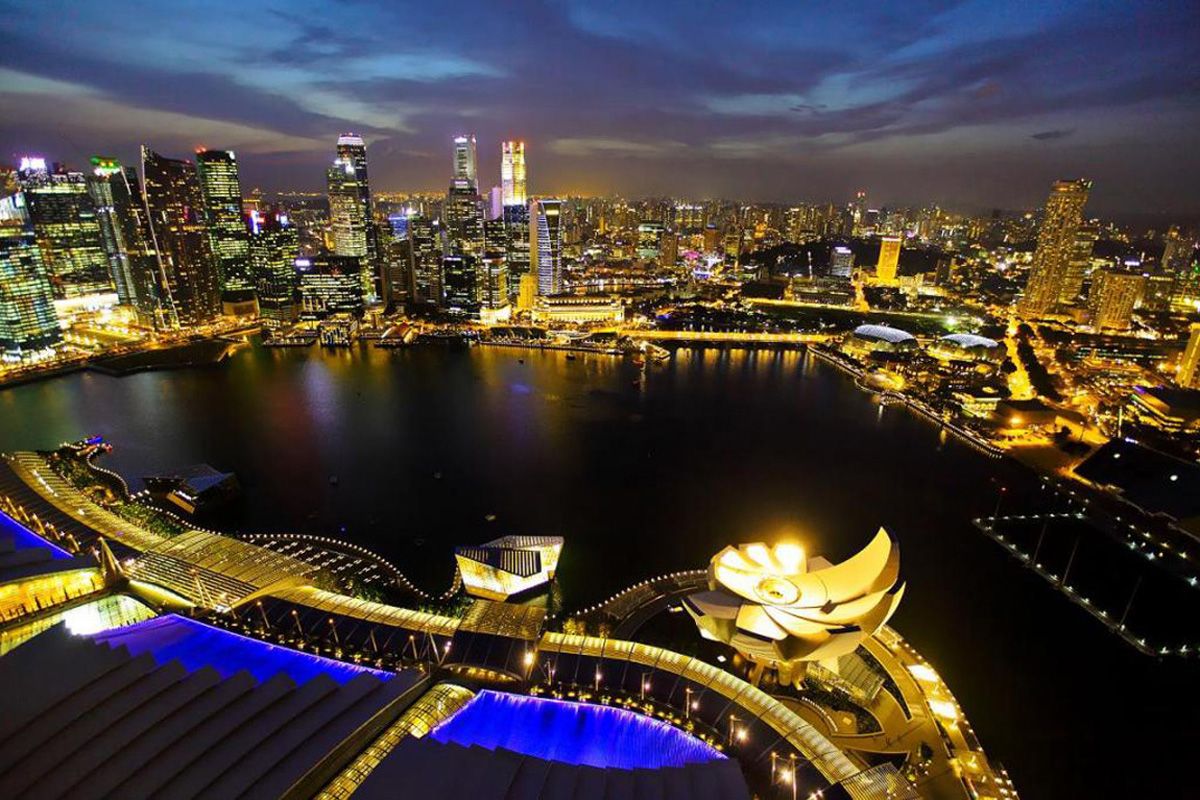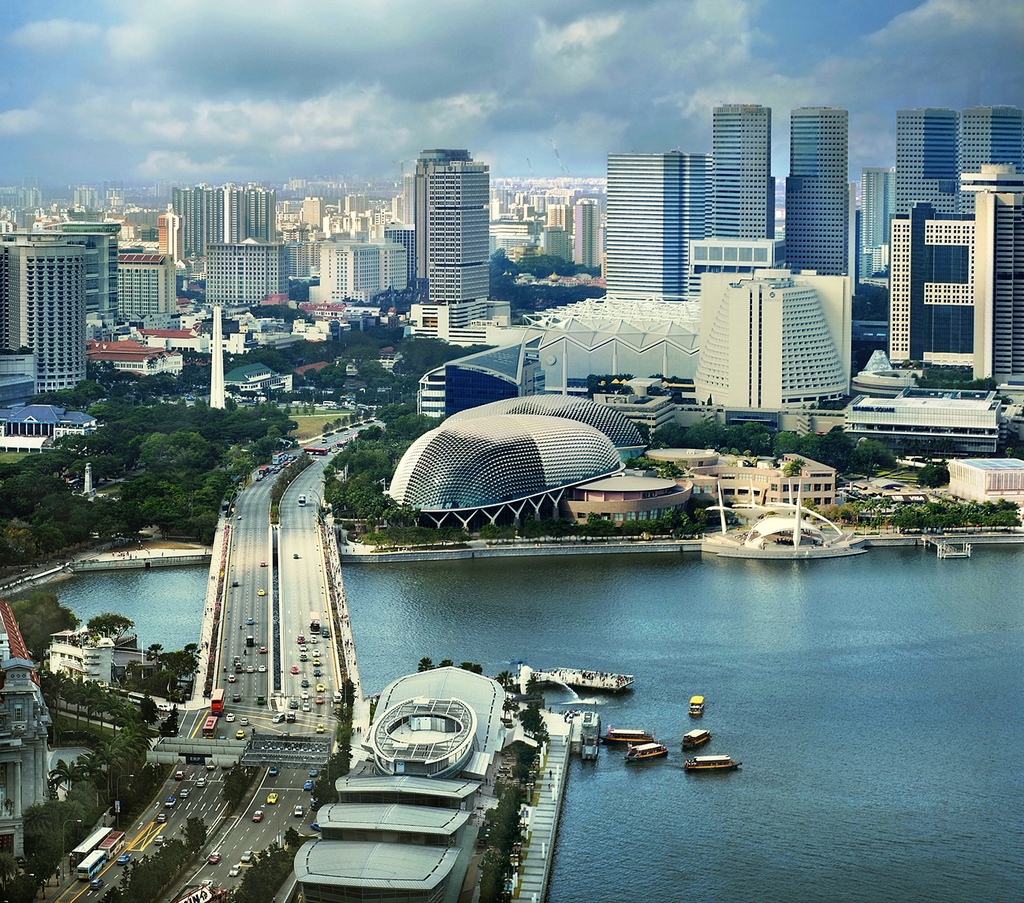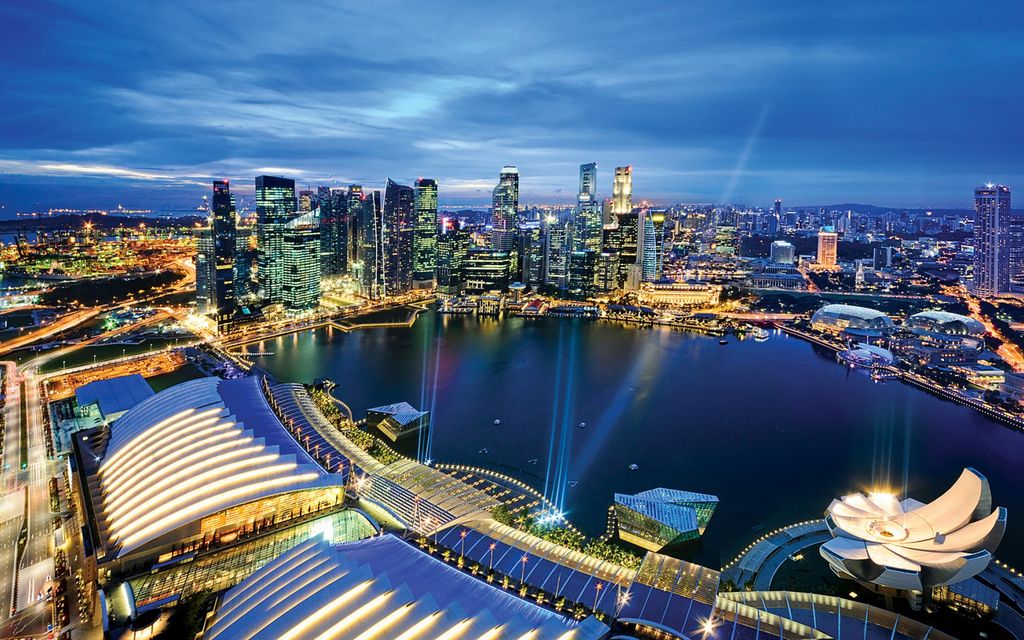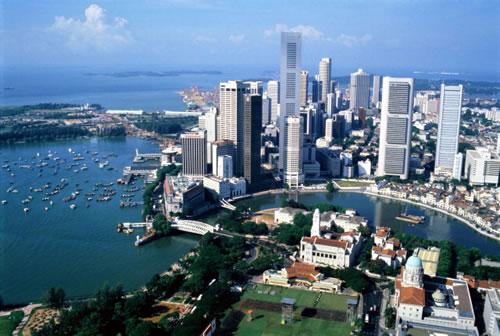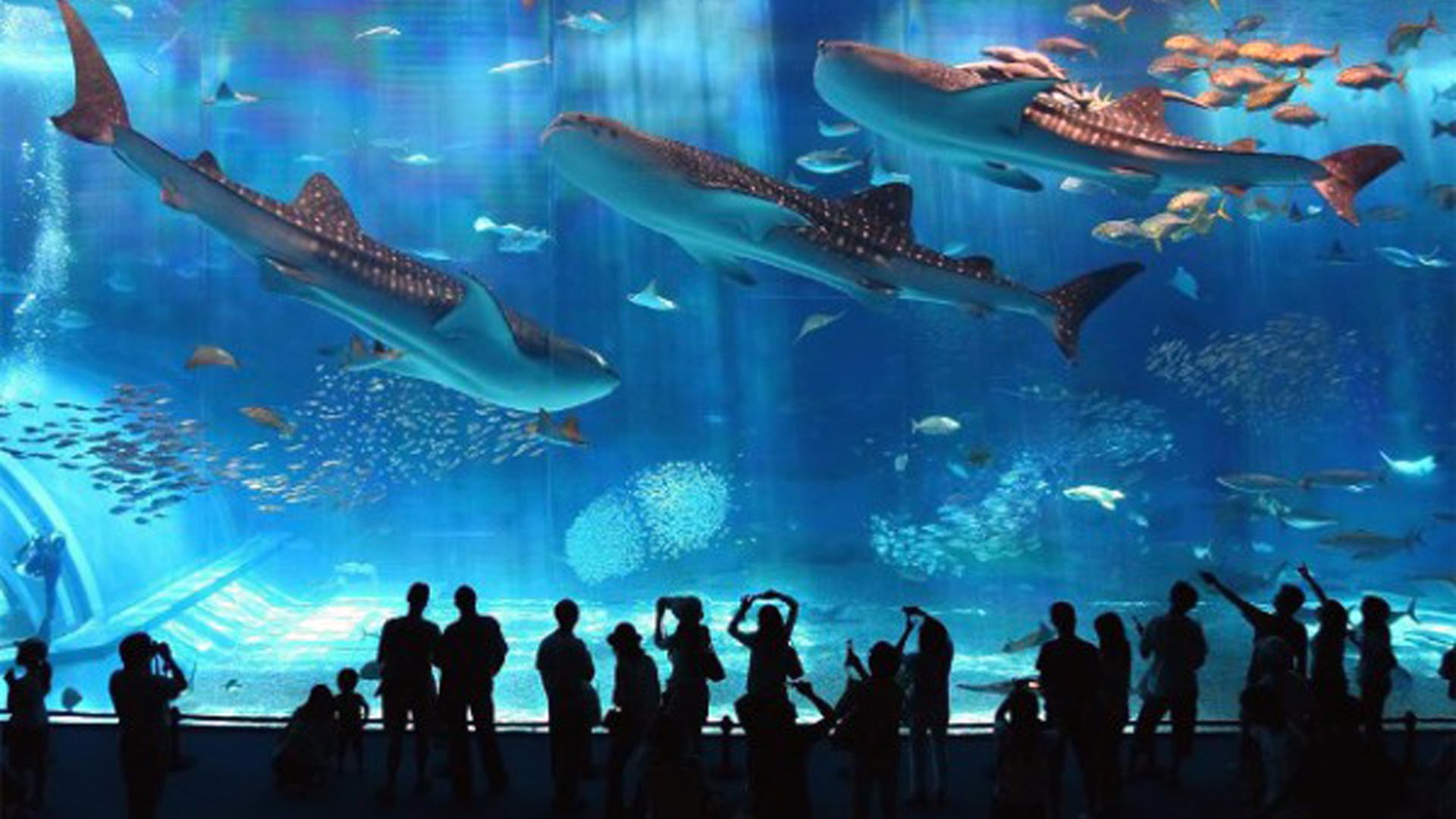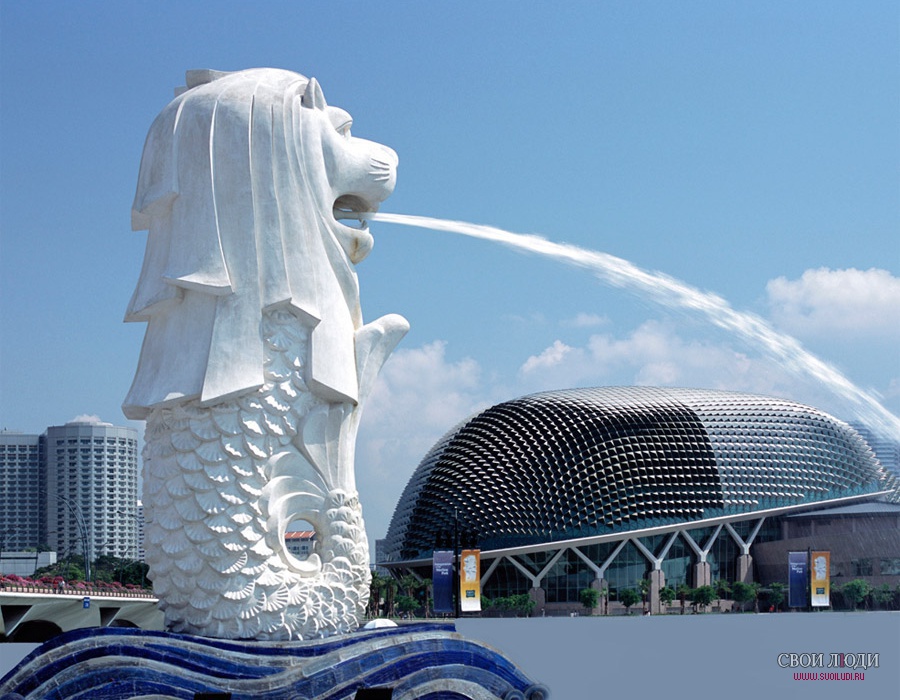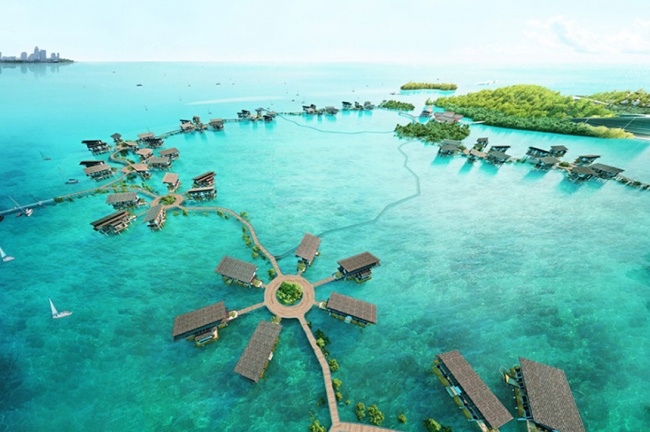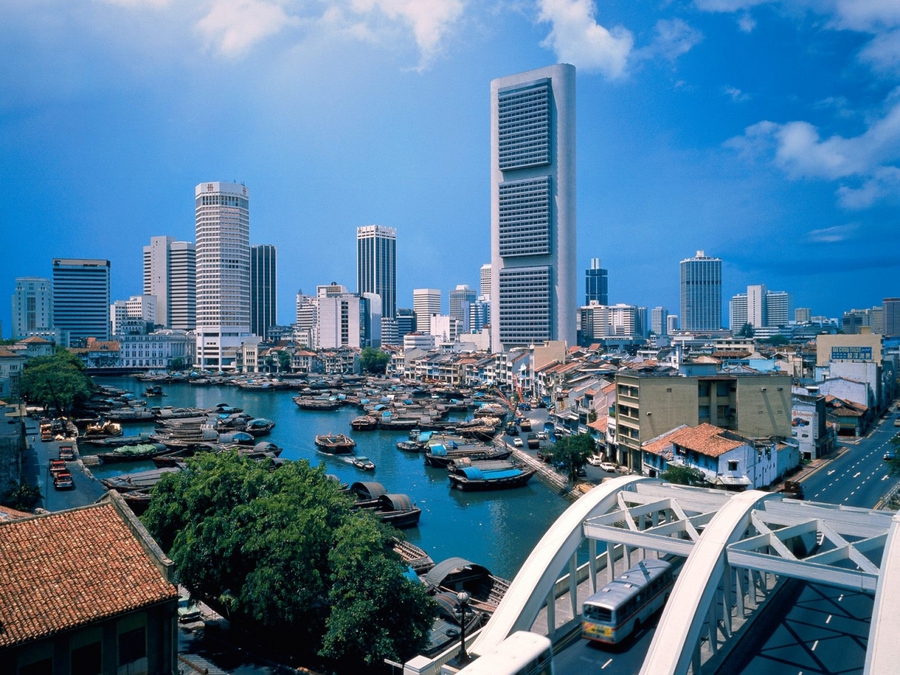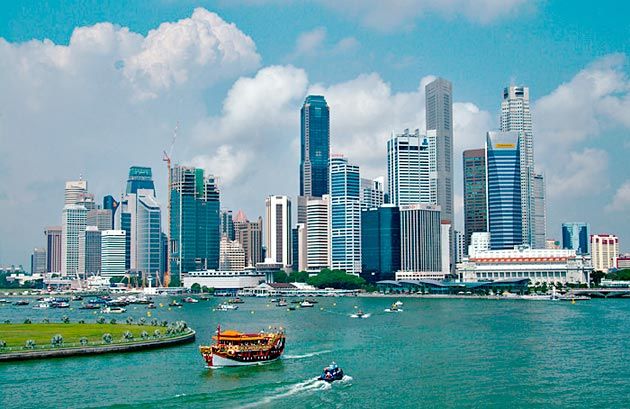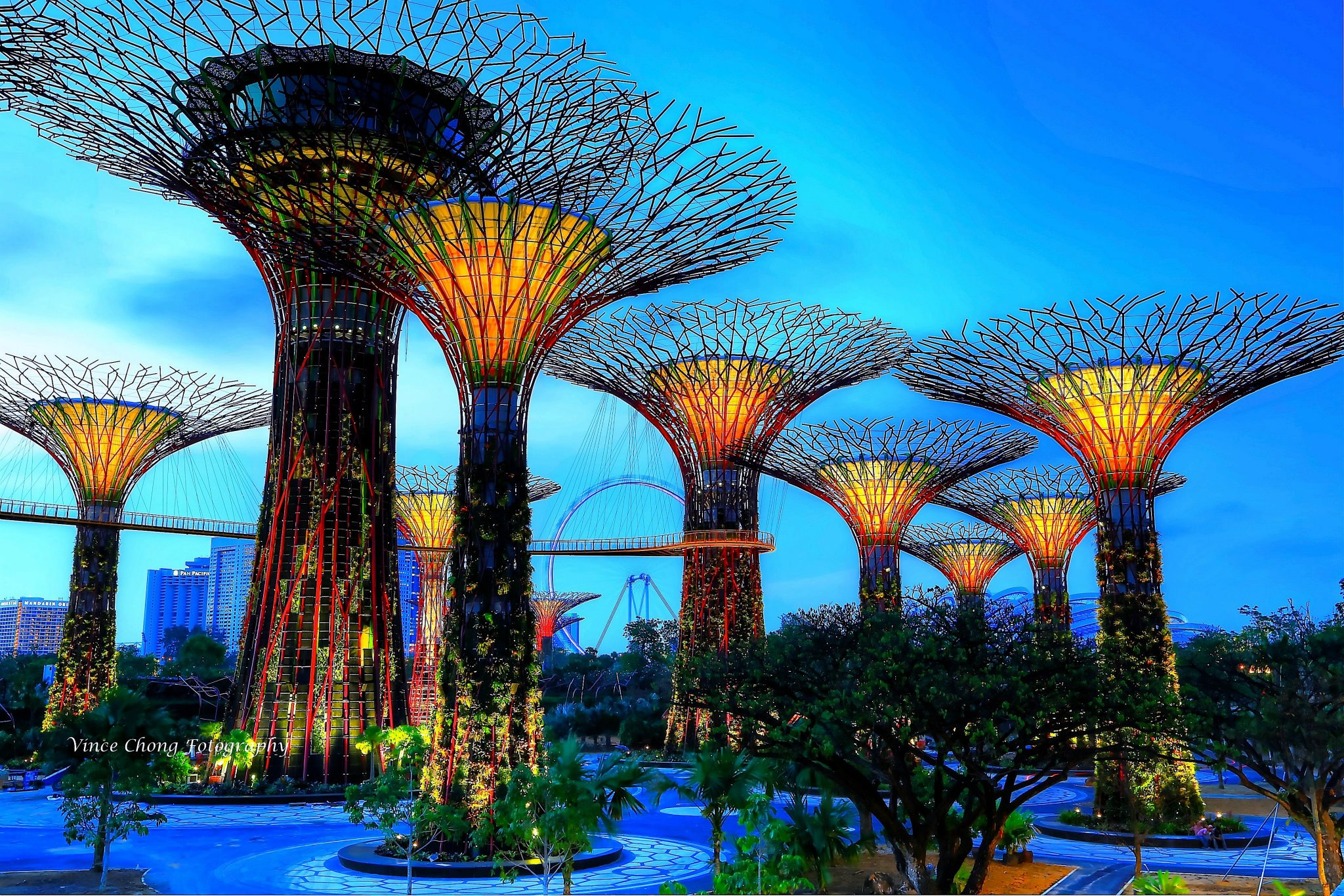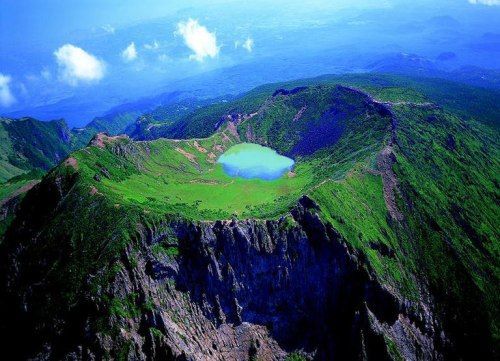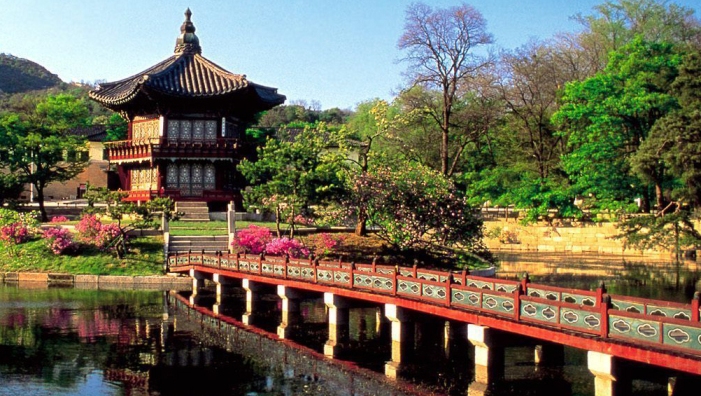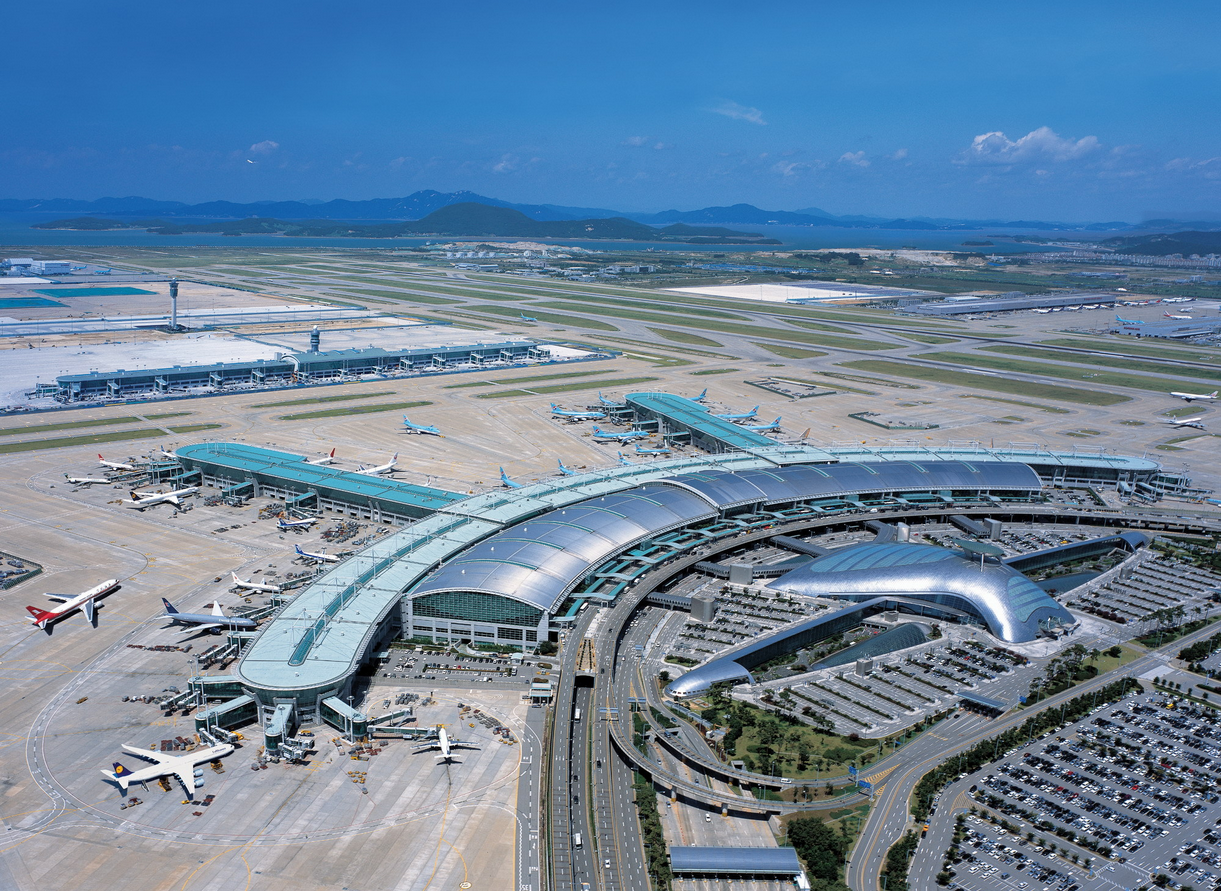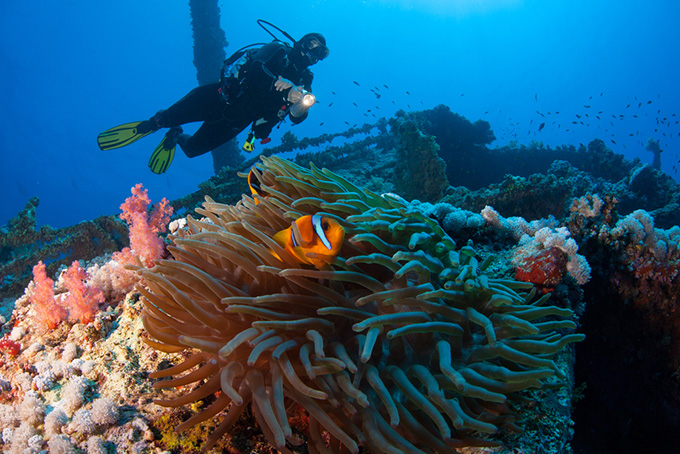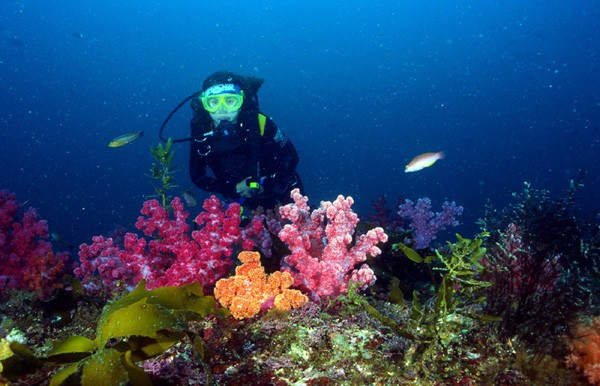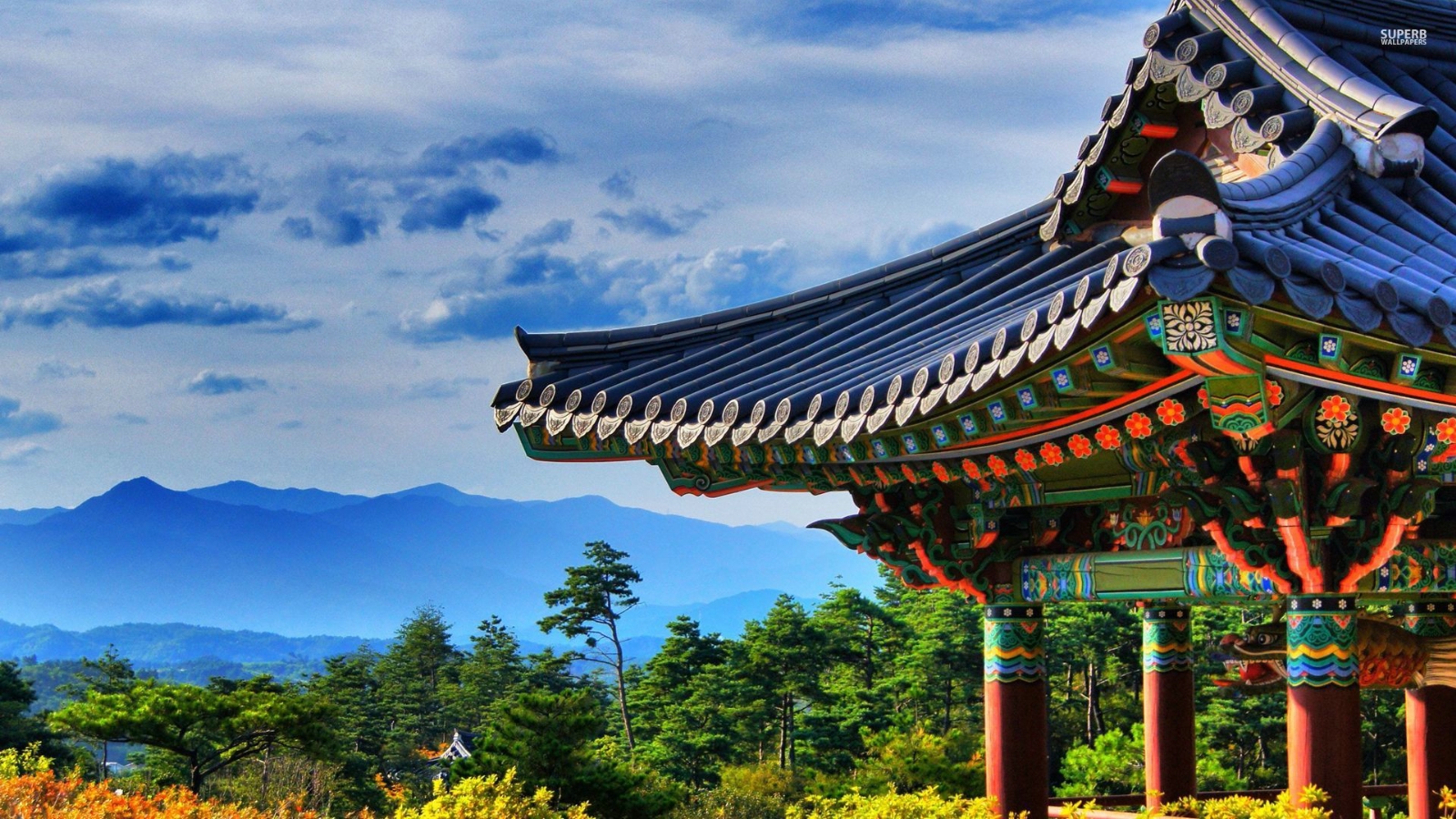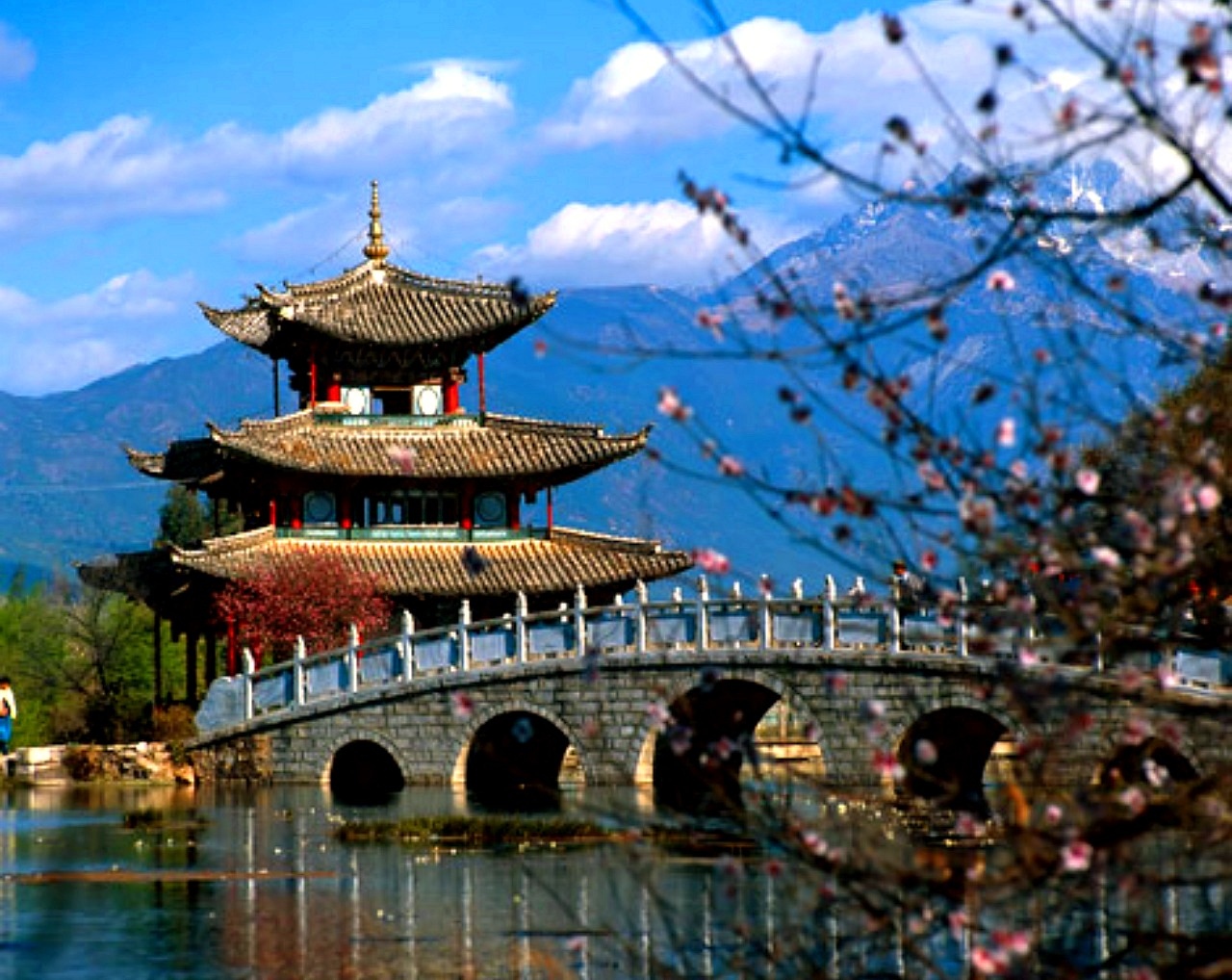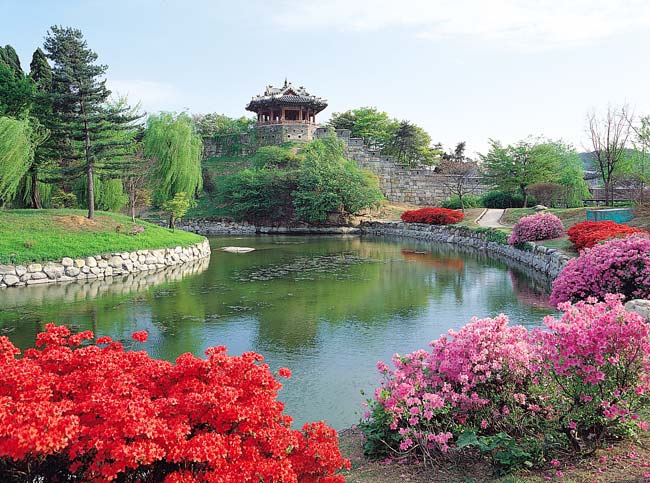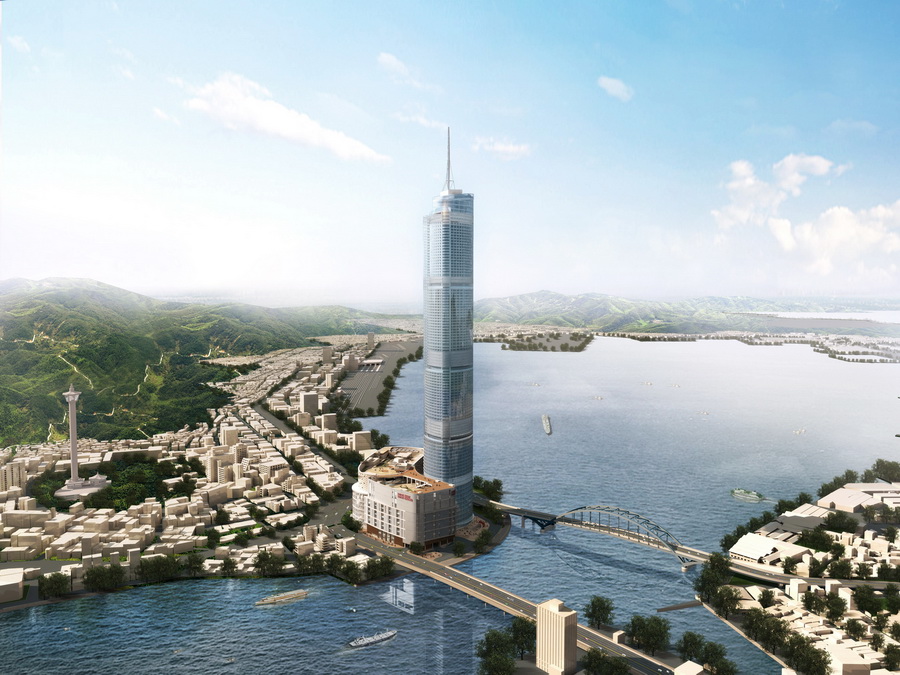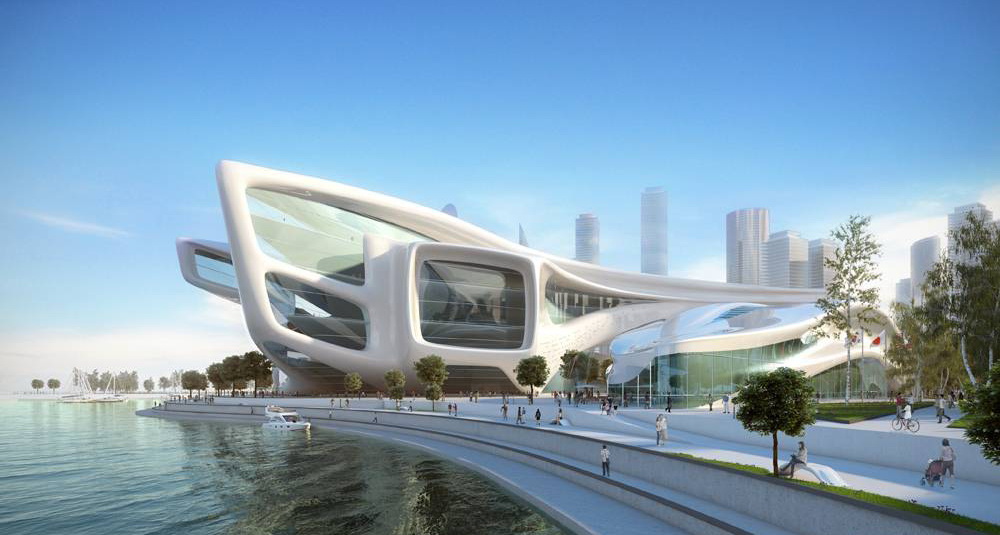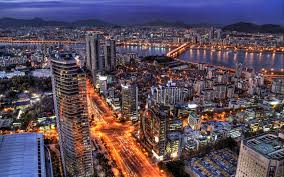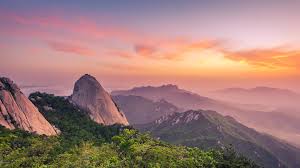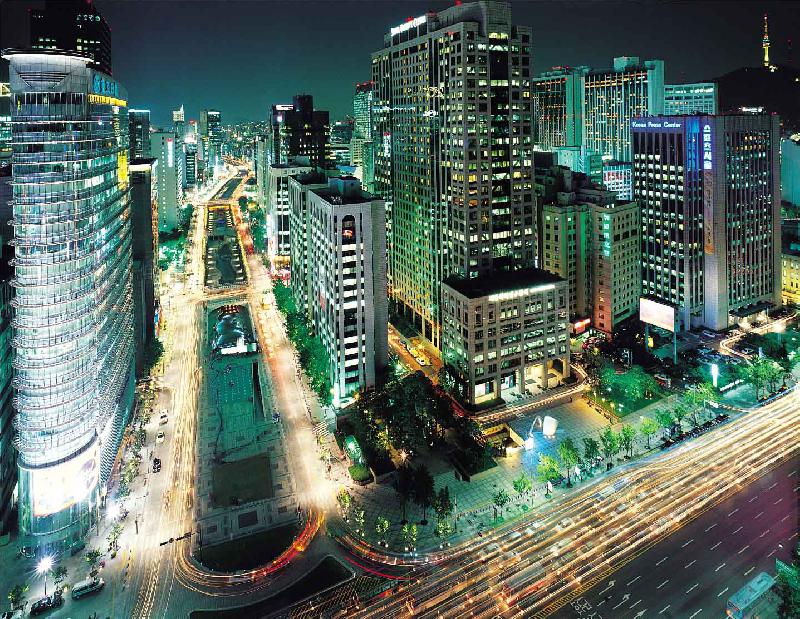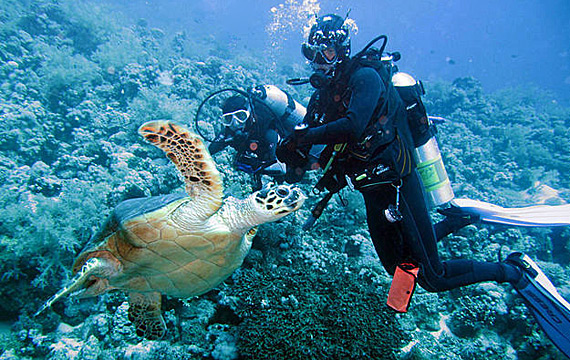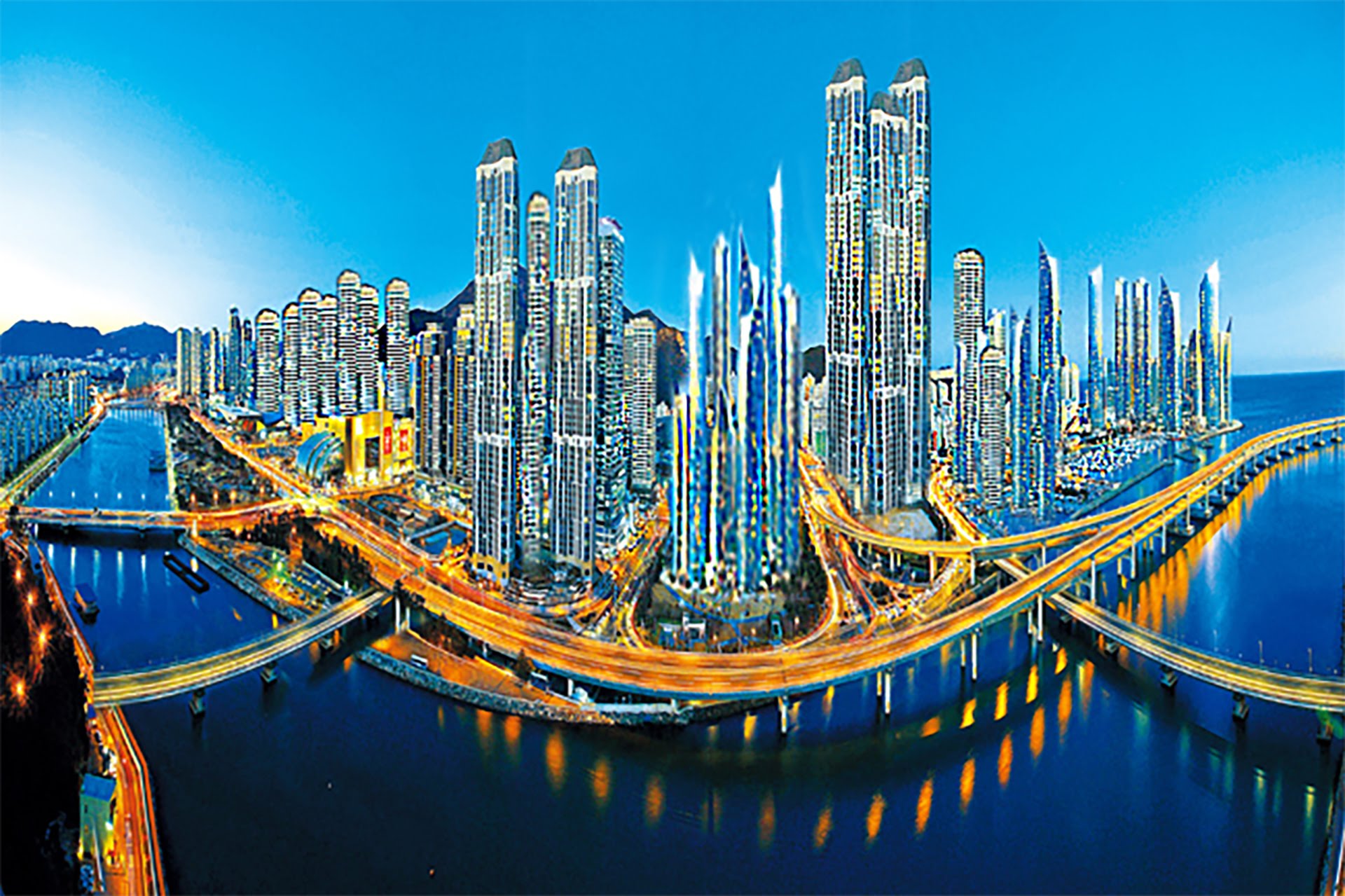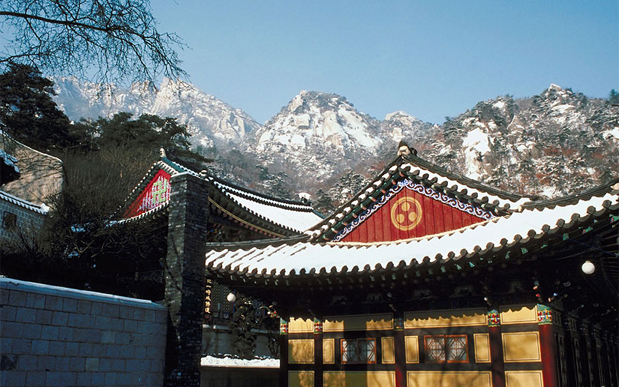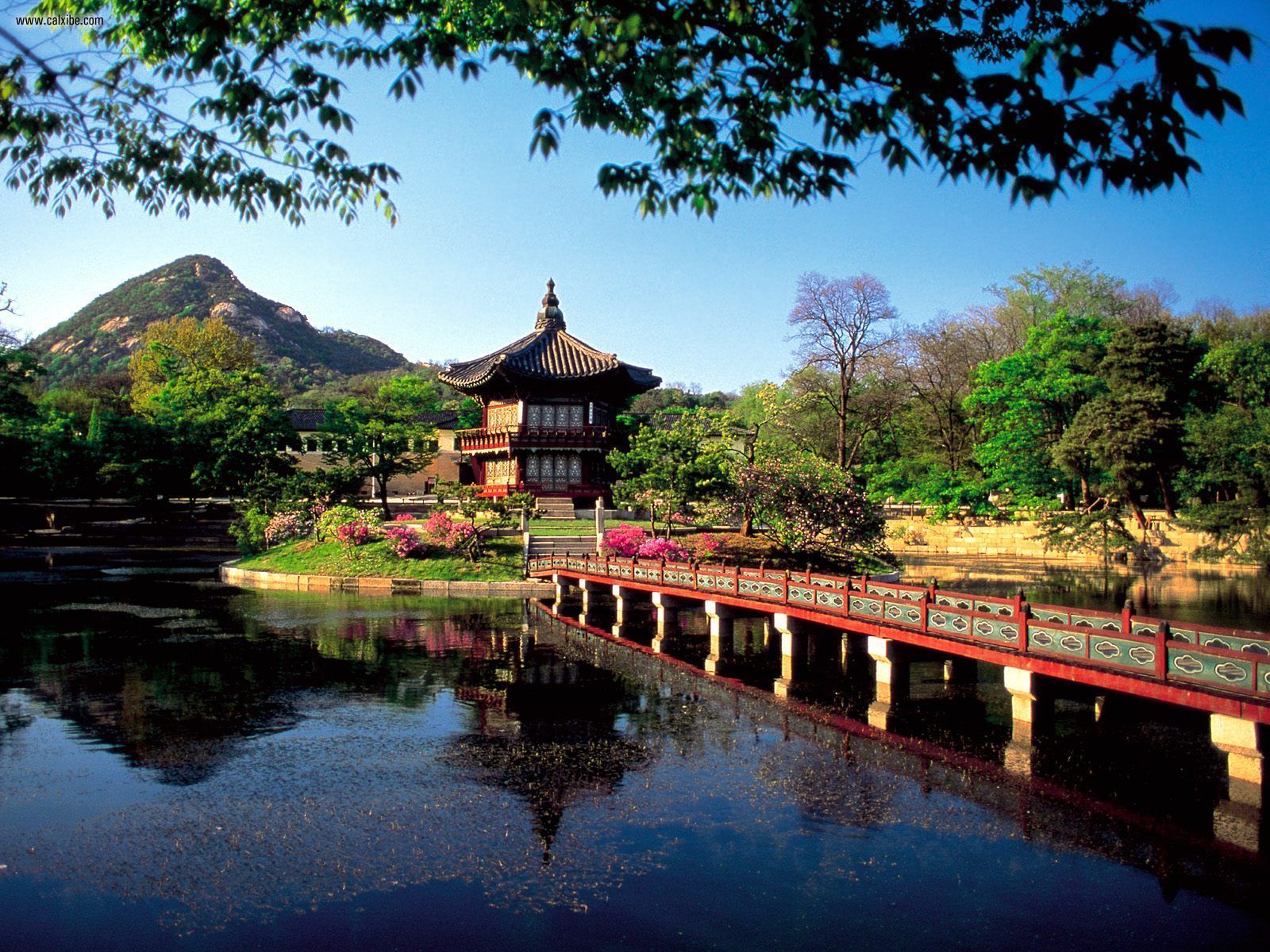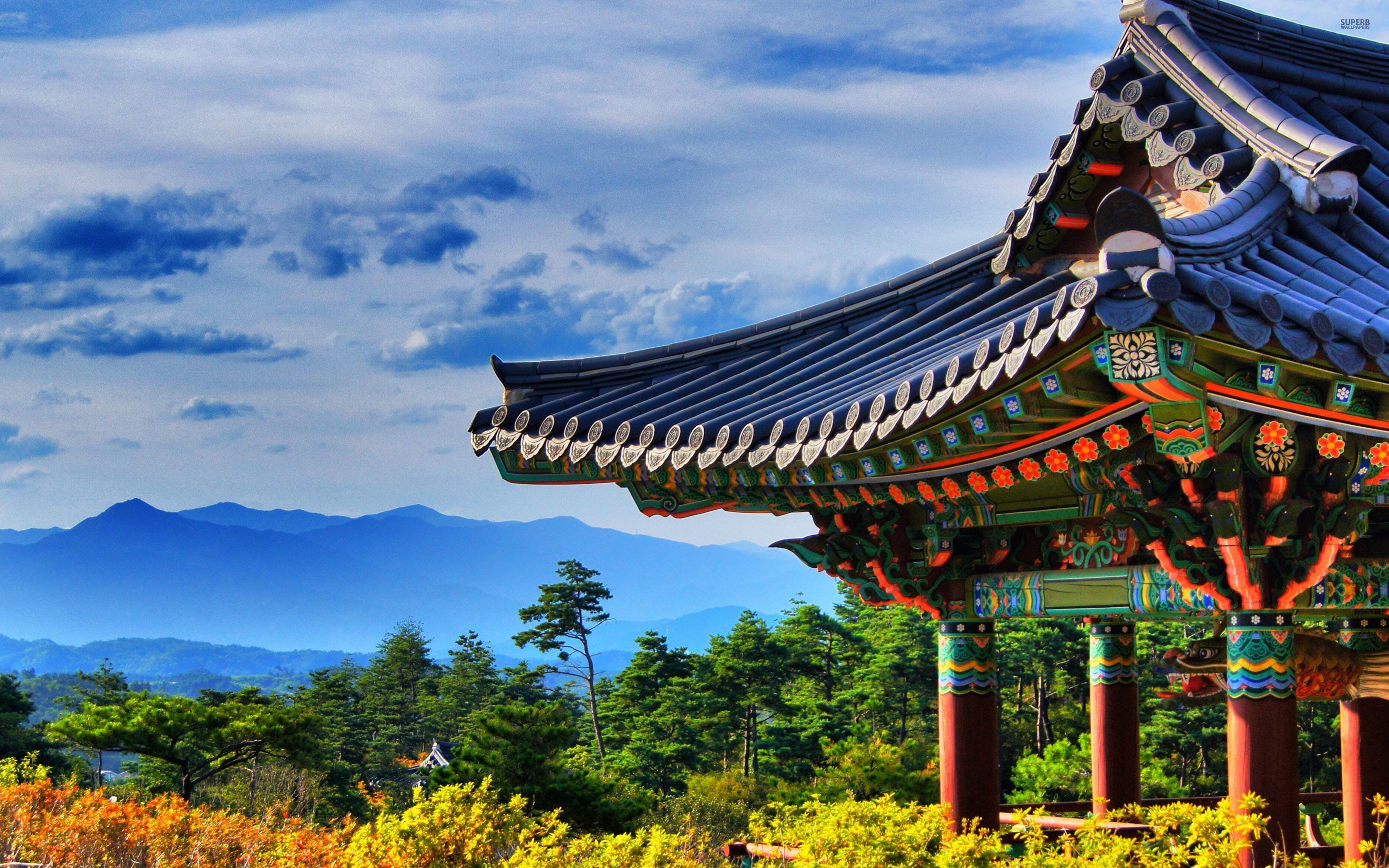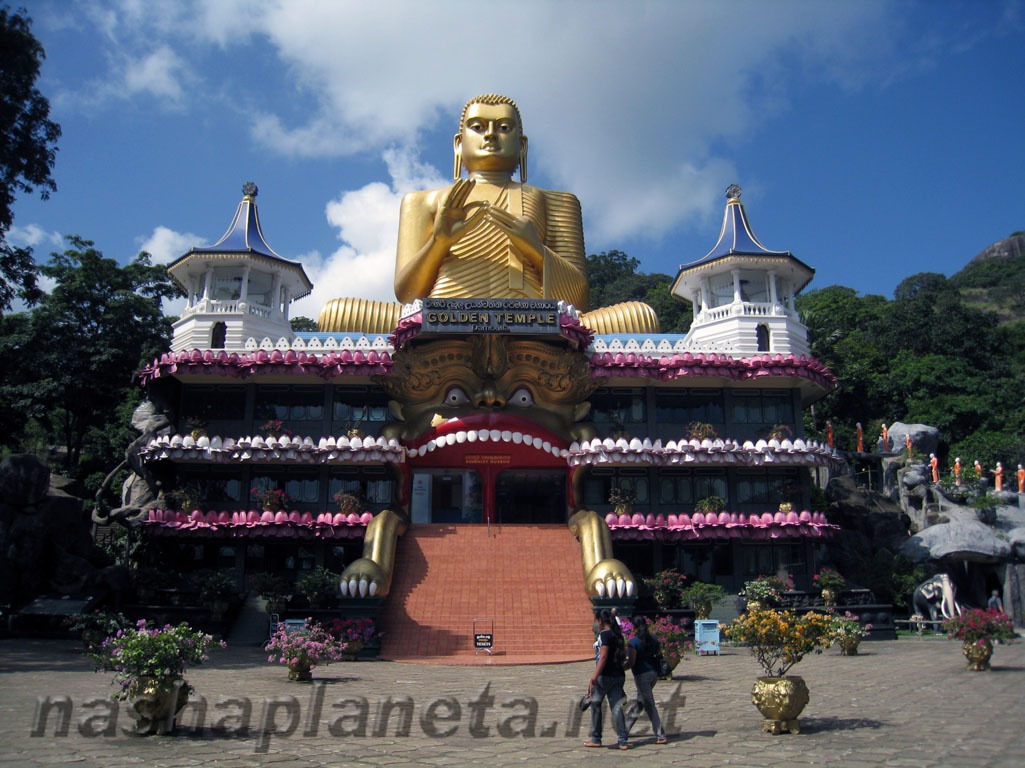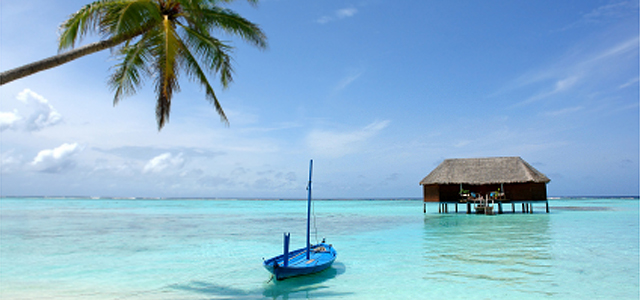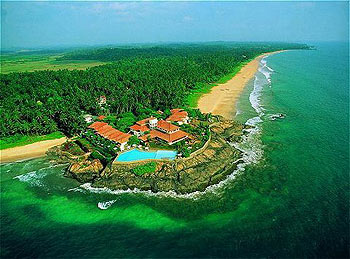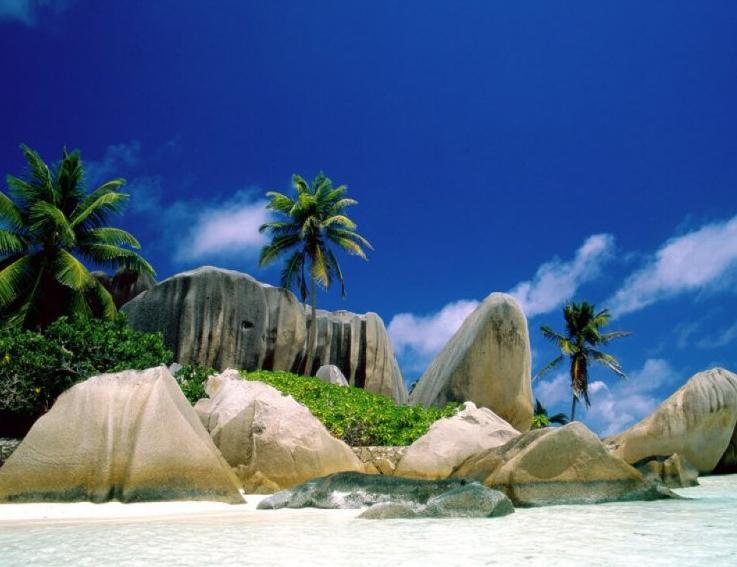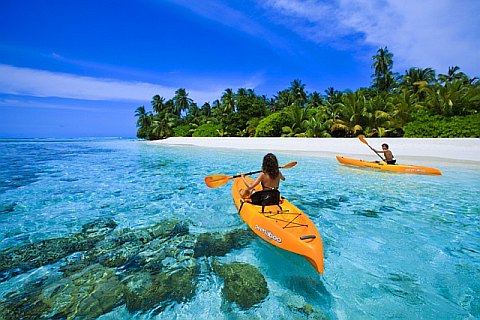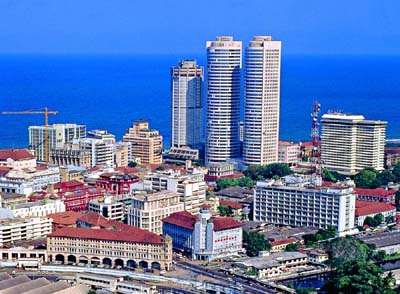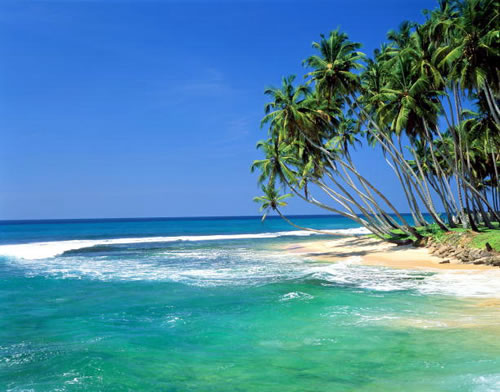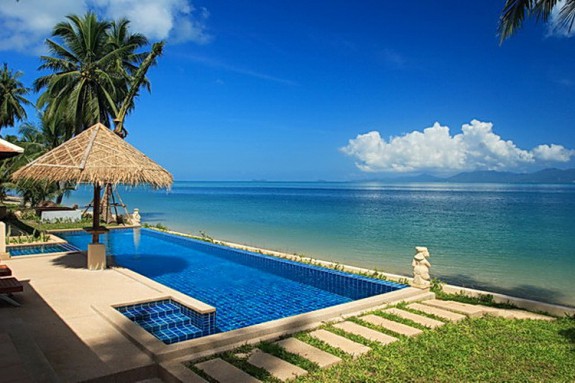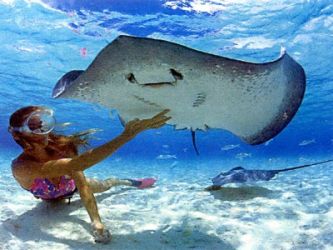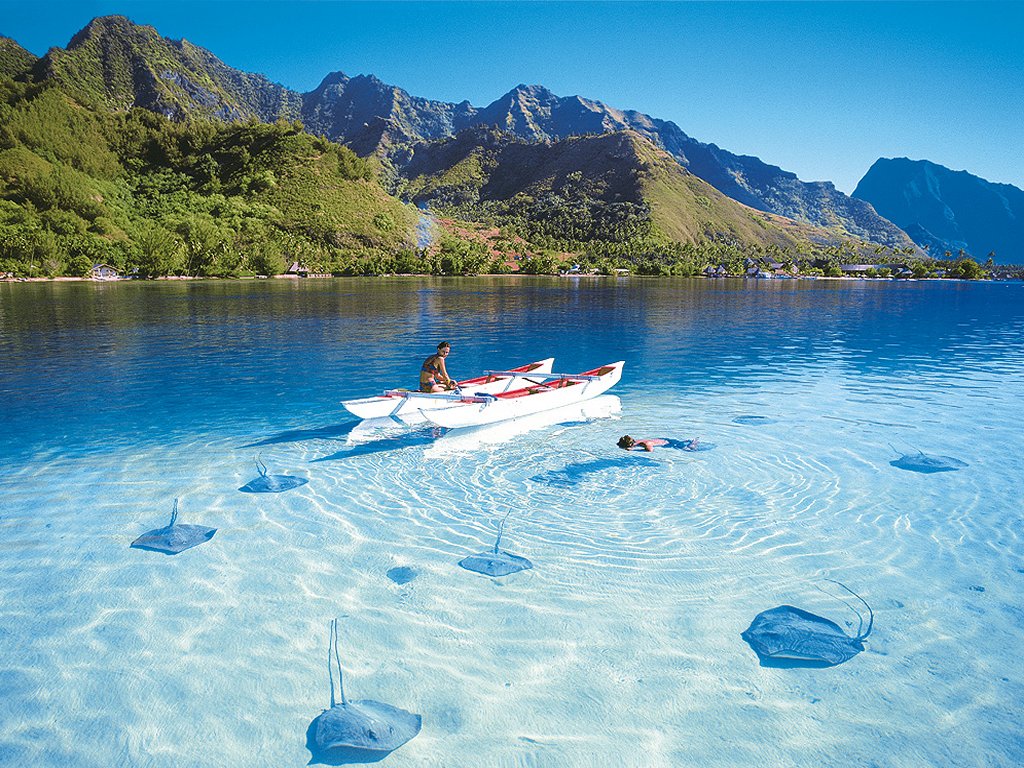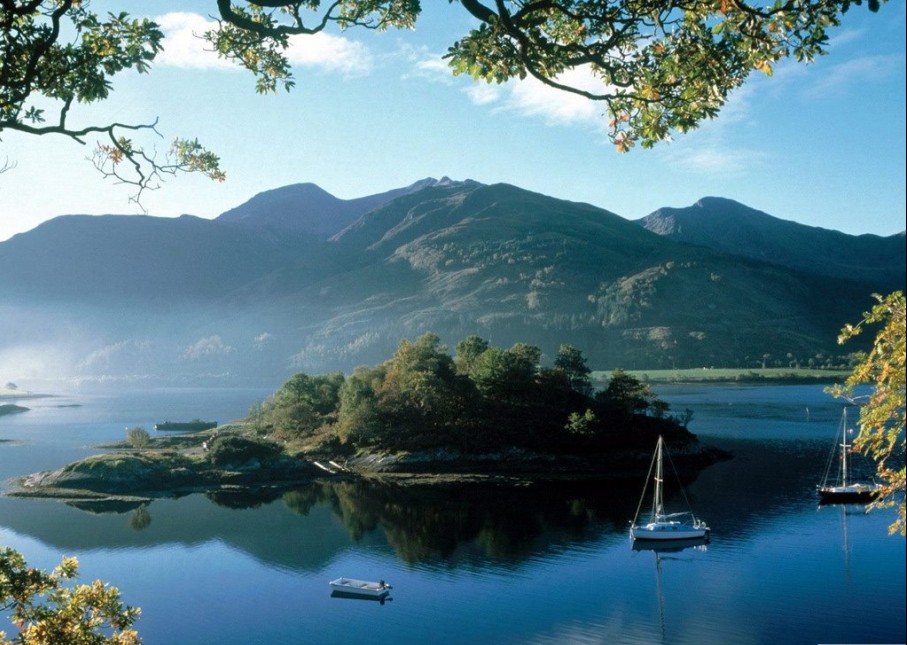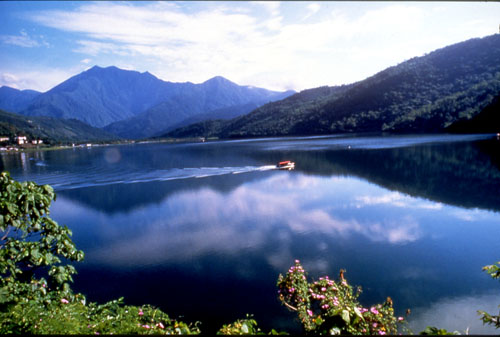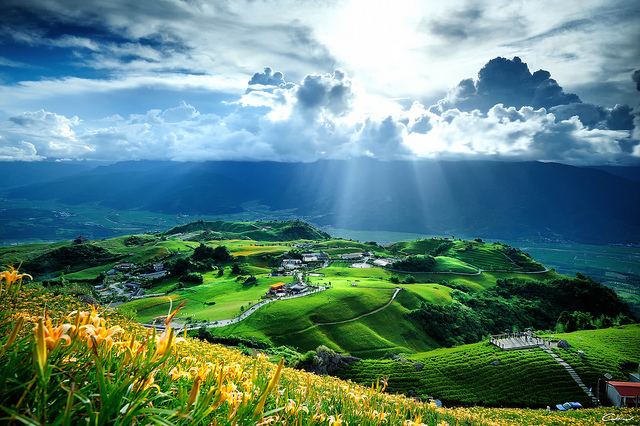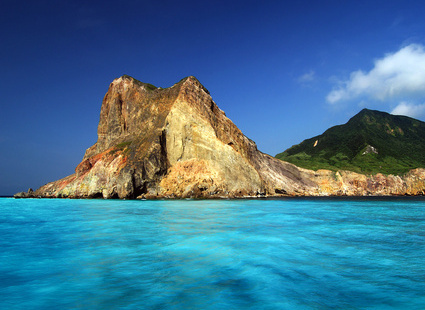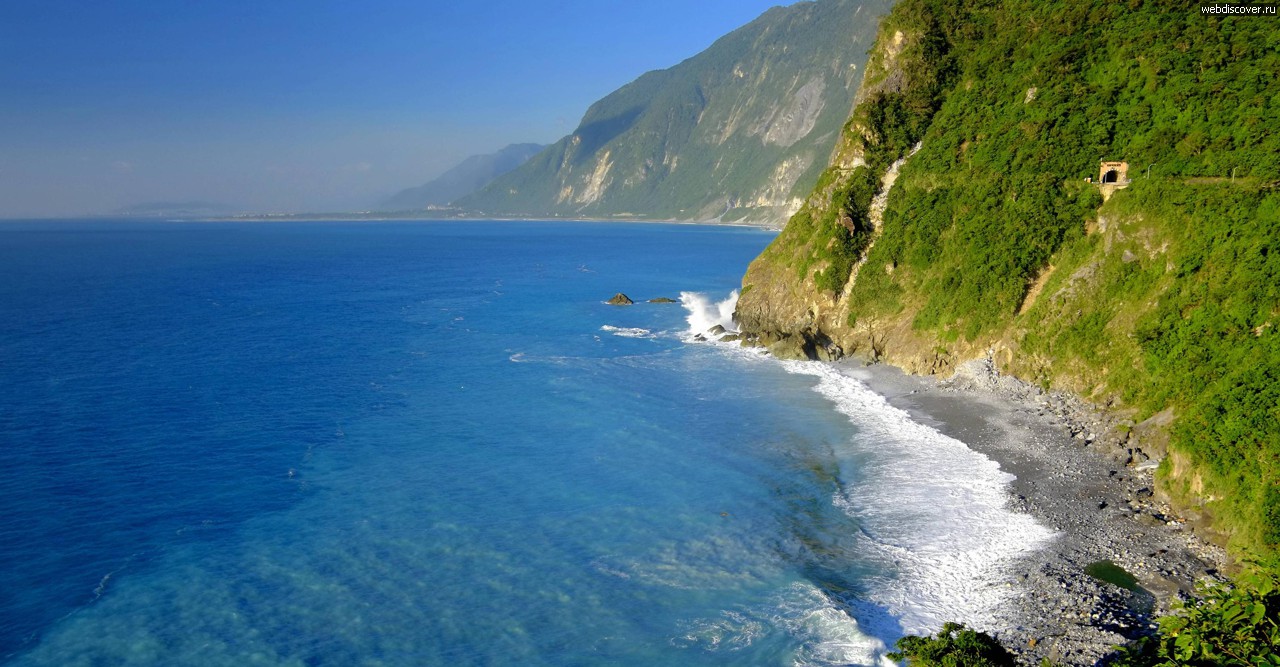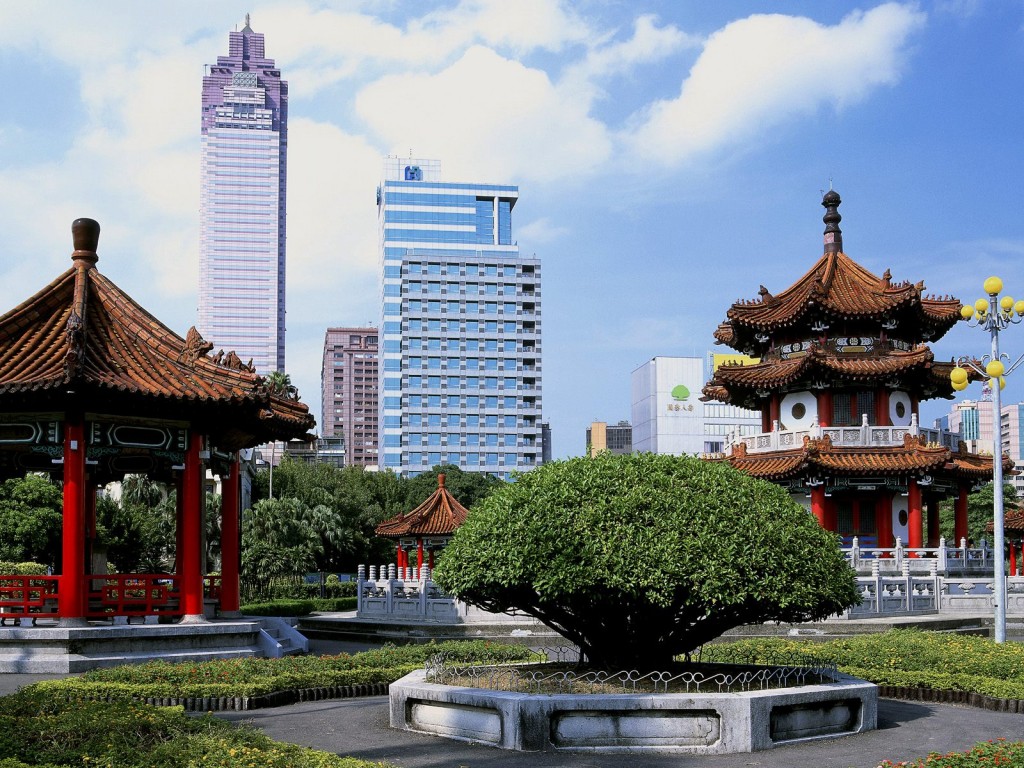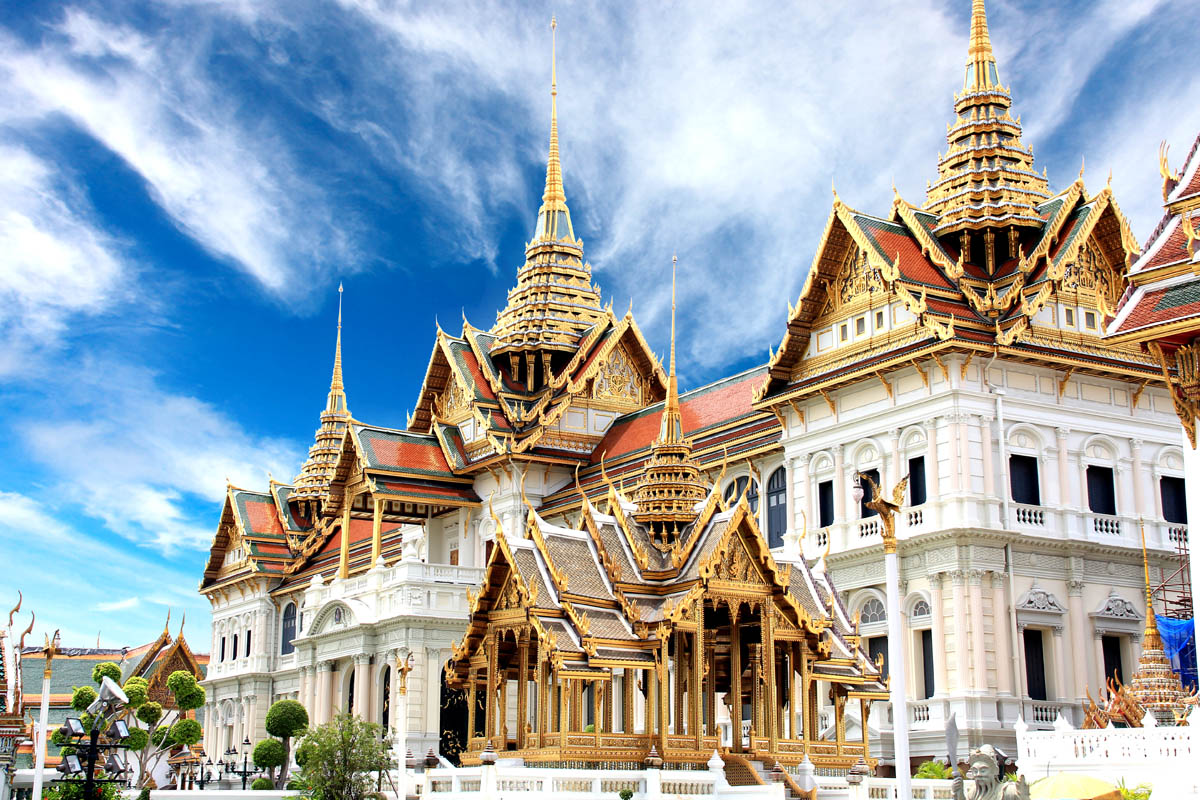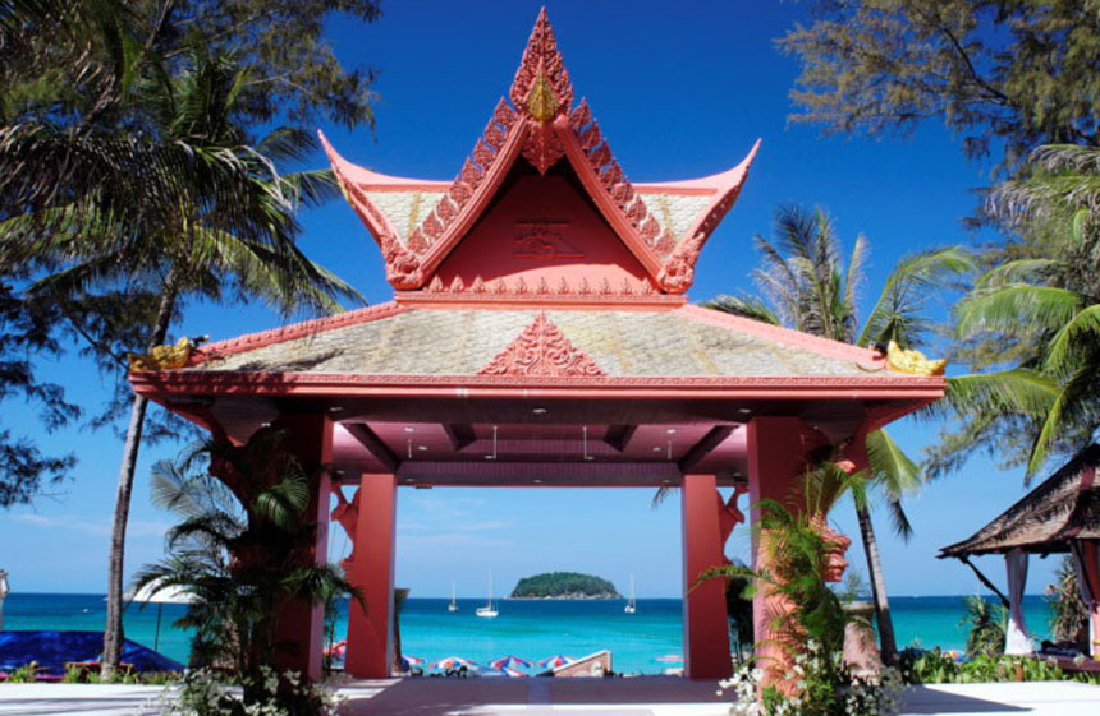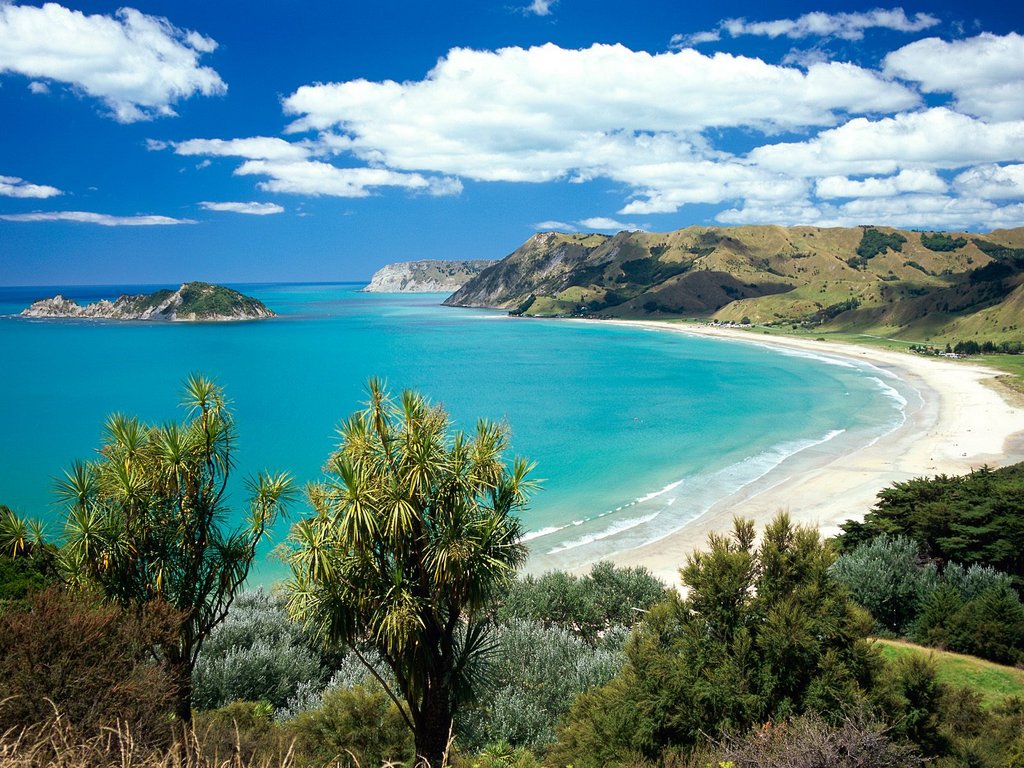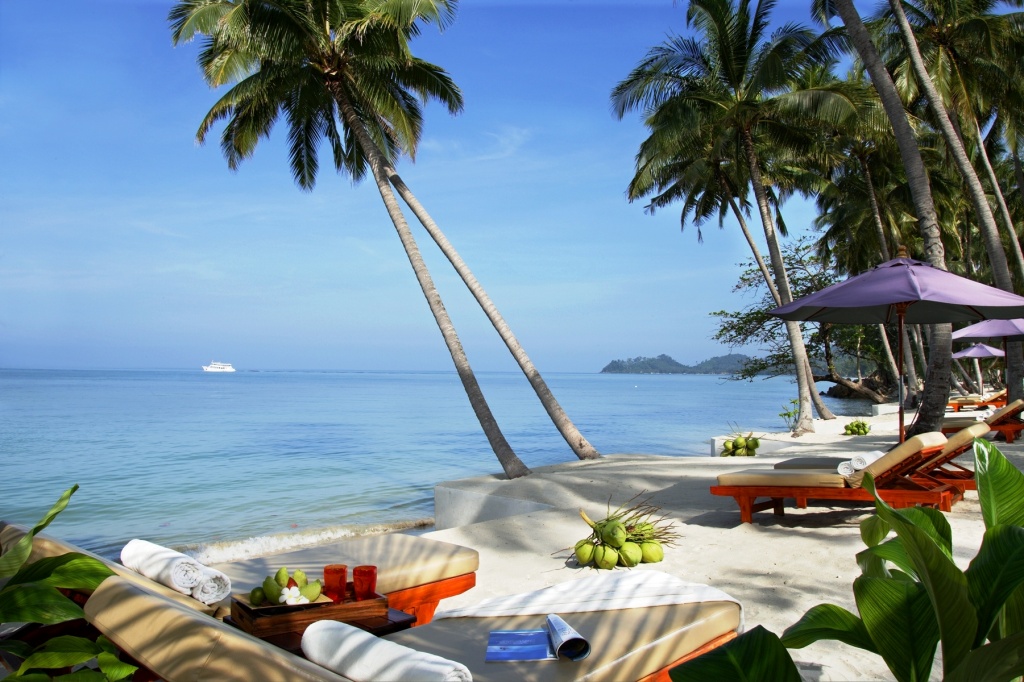Escape for the Weekend
Explore our collection of weekend
Qatar
What to see in Qatar? Qatar’s museums; Souq Waqif; Palm Tree Island; the Pearl Bay; Mesaieed reef; Banana Island reef; sunken oilrigs and wrecks of the Tech El Dan and the Balhambar.
Qatar, officially the State of Qatar, is a country in southwestern Asia, located on the Qatar peninsula in the north-eastern part of the Arabian Peninsula. It is bordered by Saudi Arabia to the south, and is surrounded by the Persian Gulf from all the other sides. Qatar also has a maritime border with the islands of Bahrain, and with the UAE. The total area of the country is 11.5 thousand square kilometers; the population is about 2.2 million people. The capital city is Doha. The official language is Arabic.
The national currency is the Qatari riyal. You can exchange money at the airport, at banks and currency exchange dealers.
Qatar’s climate is arid with mild winters and hot summers. The terrain is flat and rocky. Be aware of sand storms and dust storms which occur regularly. The best time to go to Qatar is from November to early April.
The main treasure of Qatar is its rich history, as evidenced by numerous archaeological excavations. In Qatar numerous traces of ancient civilizations have been found. These evidences can be seen in numerous Qatar’s museums, for example the Museum of Islamic Art, the National Museum, Doha Museum, Az Zubarah Fort and others. You can also plunge in the atmosphere of this mysterious country by shopping at Souq Waqif, seeing a desert sunrise, climbing and sliding the dunes in a desert trip, basking in the sun on the beaches of Palm Tree Island, walking along the Pearl – a picturesque circular bay, surrounded by sky-scrapers, and watching camel races.
Airports
Hamad International Airport (DOH) the international airport, located near Doha, the capital of Qatar.
Diving in Qatar
Qatar is not a world-class diving destination, but you can find something interesting here.
At Mesaieed you can see a man-made reef, sunken old cars and boats, lying at a depth of 16 meters.
Off Banana Island there is a reef, suitable both for scuba diving and for snorkeling.
In Khor Al Udeid, or Inland Sea, the most popular diving sites are the Old Club and New Club Reef, Othman Reef, Qafco Reef, The Barge, and Zeytuna.
In Qatar’s waters divers can also see some sunken oilrigs, the Tech El Dan wreck and the Balhambar wreck.
Saint Lucia
Fishing villages of Anse-La-Raye and Canaries; Soufriere; delightful architecture of Castries; Diamond Falls; Anse Chastanet Marine Park; coral reefs of Key Hole Pinnacle and Cap Mullet;
Saint Lucia is a state on the same-name island of the Lesser Antilles archipelago, located in the West Indies. Its nearest neighbors are Martinique and St. Vincent. The island, whose coast is studded with small picturesque bays, can boast of lush tropical vegetation, unique underwater world, healing mineral springs and wonderful sandy beaches. The state is also famous for its jazz festival, which is held in Saint Lucia in early May each year. The climate of the island is tropical trade-wind, with the possibility of summer storms.
The main attraction of the capital city of Saint Lucia – Castries – is Columbus Square, where the Saman tree grows, whose age is about four centuries. In the shade of the tree there is a very original piece of the 19th-century architecture – the Cathedral Basilica of the Immaculate Conception. Fans of "places with history" will like to visit the St. John Church, located in the northern part of the island, where some scenes the famous film “Mamma Mia” were shot. Plunge into the local culture can be continued by visiting small fishing villages of Anse-La-Raye and Canaries, as well as the oldest city of Saint Lucia, Soufriere, where there are many houses decorated with Indian tiles.
Connoisseurs of nature should explore the Pigeon Island National Park, the Frégate Island Nature Reserve, where you can see rare ramier pigeon and a local variety of orioles, Maria Islands Nature Reserve, which contains a number of rare reptiles. You can also take a tour to extinct volcanoes La Soufriere, Petit Piton and Gros Piton, as well as take a shower in Diamond Falls.
The national currency of Saint Lucia is the East Caribbean dollar traditional for the Lesser Antilles, but it is not forbidden to pay in the US dollars or credit cards.
Hewanorra International Airport (UVF)
The only airport of the state, which has international status, is located near Vieux-Fort, right on the ocean coast, which is a very exotic spectacle for tourists arriving on the island – the landing leaves a lasting impression: it seems that the plane is going to land directly on the surface of the ocean.
Diving in St. Lucia
Beautiful mountain landscape of the island surface is repeated under water, so that the coastal waters of St. Lucia are literally crammed with all sorts of caves, hills and caverns. Due to the complicated underwater scenery, pink coral reefs, framing almost the entire coastline of the island, nice sunny weather and gentle coastal waters, St. Lucia is rightfully included in the list of the world's best areas, suitable for high-quality diving.
For the most part, the best diving areas are located in the western part of the island, as the eastern shore of St. Lucia is characterized by powerful undercurrents that can substantially complicate diving, but professionals are not forbidden to tickle their nerves, plunging into these troubled waters. For fans of classic diving there are such proven places like Anse Chastanet Marine Park near Soufriere, where you can plunge not only into the sea water, but also into the lives of various underwater creatures, and where you can see the rare pink coral reefs, easily accessible coral reefs of Key Hole Pinnacle and Cap Mullet, Pigeon Island area and picturesque valleys at the foot of underwater volcanoes Petit Piton and Gros Piton to the north of Castries. You can explore the 50-meter ship "Leslin" intentionally sunken in Anse Cochon area. The wreck, located at 20-meter depth, is an artificial reef formed around the ship's frame.
It is worth noting that the underwater visibility is not as good as at some other Caribbean islands due to numerous rivers, carrying fairly large number of sand and suspended organic matter into the sea from the insular land, but the water clarity, though not perfect, is quite suitable for good diving.
Saint Martin
Philipsburg; Grand Case Beach; the History Museum; Fort Amsterdam; the Fly Zone Xtreme in Loterie Farm;
Saint-Martin is a unique island, which belongs to two countries at once; the northern part of the island belongs to France and the southern – to the Netherlands. Saint-Martin is famous for the complete lack of boundaries, except the symbolic pillars which tourists like to use as a background for photos. The climate of Saint-Martin (aka Sint Maarten, if spoken in the Dutch style) can be called tropical; the average temperature is 27 degrees C.
The island is famous not only for beautiful beaches and friendly sea, but also for legalized prostitution. The main part of brothels is located in the Dutch capital of the island - Philipsburg that is not surprising. However it is interesting that narcotic substances permitted in the Netherlands are prohibited here. Fans of less extreme entertainments can go on an excursion to the beautiful farm of tropical butterflies in the French capital of Marigot Island. Connoisseurs of local culture can visit the History Museum and Fort Amsterdam. Tourists can also go to the zoo.
It is worthy of note that the Duty Free area covers the entire territory of the island, so many branded goods are sold in an acceptable price that can not but please fans of shopping. In the northern part of Saint-Martin the main currency is the euro, in the southern part - the Dutch guilder, but any tourist can easily pay in the US dollars or with a credit card.
While preparing of documents it is necessary to consider that residents of the countries that do not have the right of visa-free visits to the island, which include: / list of the countries / should have a special visa. However, the list of documents necessary to obtain the visa does not differ much from the standard Schengen visa. One should obtain the visa of that part of the island (French or Dutch), where he or she plans to spend most of the time.
Princess Juliana International Airport (SXM)
The Airport is one of the most extravagant in the world: its runway starts right on the Maho Beach. Due to its unique location, arriving planes land almost on the heads of tourists. Some lovers of extreme pleasures come to St. Maarten solely in order to enjoy the landing and take-offs of "Boeings" (it is recommended to keep near the fence and try to stay on wobbly legs). The airport is 15 kilometers from Philipsburg and has one terminal.
Diving in St. Martin
The water transparency off the Saint-Martin coast reaches a hundred meters. Taking into account that the coastal area of the island is a rich underwater world, which combines brilliant riffs, lots of unusual tropical fish and other marine life, it becomes clear that St. Martin is extremely attractive for divers of very diverse skills.
For free-divers and for not very experienced divers the best place for snorkeling is Grand Case Beach, located on the French side of the island.
Divers will like not only unusual reefs inhabited by colorful marine life, but also the remains of sunken ships, the oldest of which went to the bottom in 1801. Here one can also explore a relatively "fresh" barge which sank in 1962. On the island there are many places for scuba diving. Some of them are 65-75 feet deep and even deeper - it depends on the experience and preferences of the diver. It is worth noting that the sea is not always calm before diving.
Saudi Arabia
Religious monuments of Mecca and Medina; Wahba Crater; the mountainous Taif; Al-Nufud Al-Kabir Desert; wrecks of the Miss Marie and the Ann-Ann; old wrecks of Abu Madafi reef;
The kingdom of Saudi Arabia is the largest country on the Arabian Peninsula, which occupies 2.2 million square kilometers with the population of more than 30 million people. It shares borders with Jordan, Iraq and Kuwait to the north, Qatar and the United Arab Emirates to the east, Oman to the southeast, and Yemen to the south. It is washed by the Persian Gulf in the northeast and by the Red Sea in the west. The capital of the kingdom is Riyadh. The official language is Arabic.
The national currency is the Saudi riyal. Money can be exchanged at the airport, banks or exchange offices. All major credit cards are accepted at shops, hotels and restaurants. ATMs are widely spread.
Most part of the kingdom is covered with the Arabian Desert. The climate is hot and dry with the average summer temperature of 45 degrees Celsius.
Saudi Arabia is often called "The Land of the Two Mosques", referring to Mecca and Medina - the two main holy cities of Islam. Millions of pilgrims come to Saudi Arabia every year to visit these revered places. Masjid an-Nabi and Quba Mosque in Medina and Grand Mosque in Mecca, besides their religious meaning are also stunning architectural monuments.
Nature lovers will find lots of interesting in this country: in the Asir National Park you can go trekking and camping; in Wahba Crater you will see lava fields and salt pans; in the mountainous Taif you can go climbing and enjoy amazing roses; Shada Mountain gives a lot of opportunities for climbing and hiking too; in the Northern Borders you can see wolves, gazelles, jackals, hyenas, scorpions, rabbits, as well as falcons and bustards. Do not forget about deserts – for example, Al-Nufud Al-Kabir Desert, whose dunes leave imperishable impression.
Airports
King Fahd International Airport (KFIA) (DMM), situated 20 kilometers from Dammam
King Abdulaziz International Airport (KAIA) (JED), located near Jeddah
King Khalid International Airport (RUH) is located 35 kilometers from Riyadh
Prince Mohammad bin Abdulaziz International Airport (MED), Medina
Al-Ahsa International Airport (HOF) serves Hofuf
Yanbu Airport (YNB), Yanbu
Diving in Saudi Arabia
Due to visa restrictions Saudi Arabia’s coasts are not overcrowded, and its dive sites are almost pristine.
The most popular diving areas are situated around Jeddah and Yanbu, where you can find good reefs, teeming with marine critters and interesting wrecks including the Miss Marie, a coaster covered now with corals inhabited by turtles, moray eels and rays; the Ann-Ann wreck on the Abu Faramish reef, located just 10 meters deep, which makes it a good wreck for beginners; and Cable Wreck on the Abu Tair Reef, covered with hydroids and beloved by blue-lined snappers, giant morays and crocodile fish.
At the Abu Madafi reef there are some old wrecks, which have nearly grown into the reef. One of them is the Boiler Wreck, turned into a picturesque man-made reef. Moreover the reef is very interesting in itself with lots of caverns, arches and caves.
Off the Farasan archipelago you have an opportunity to dive among numerous semi-submerged reefs, small islands and volcanic cones and see lots of fish, including tiger sharks.
In the waters of Yanbu you can go wall diving, see huge gorgonian corals and walls of black corals and meet anthias, moray eels, clownfish, butterfly fish and snappers, as well as tunas, barracudas and mantas.
Seychelles
Giant tortoises in Aldabra; rare birds of Aride and Cousin islands; Mahe Island; St. Anne Marine National Park; the Ennerdale wreck; the Twin Barges near the Corsair Reef; and Cosmoledo atoll
Seychelles, officially named the Republic of Seychelles, is a state situated on 115 islands in the Indian Ocean. The capital of Seychelles is Victoria. The nearest neighbors are Zanzibar to the west and Comoros, Mauritius, Mayotte, Réunion and Madagascar to the south. Seychelles’ population comprises only 90 thousand people; the total area is 459 square kilometers. The official languages are French, English and Seychellois Creole.
The national currency is the Seychellois rupee. Euros and credit cards are widely used. ATMs can be found on Mahé, La Digue and Praslin. The best exchange rate is at banks and bureaux de change.
The archipelago has a tropical climate. In the coolest months – July and August – the average temperature is about 24 degrees Celsius.
Seychelles is often called the “paradise archipelago”. It is the land of idyllic endless beaches, coconut copses and cinnamon plantations, serene gardens and bird reserves, incredibly clear ocean waters and colorful fish and corals. The mild climate of Seychelles does not feature uncomfortable extremities.
Nature lovers should not miss the chance to see giant land tortoises in Aldabra, the world's biggest atoll; to watch hawksbill turtles on Bird Island; to take pictures of rare bird species on Aride and Cousin islands; to take a glass-bottom boat trip in the Sainte Anne National Marine Park; and to visit Vallée de Mai, where you can see the prehistoric forest of coco de mer trees and watch endemic birds.
Seychelles is a good place for those who are fond of outdoor activities: here you can go yachting or boating among the gorgeous tranquil islands; enjoy horse riding, cycling, snorkeling, windsurfing, sailing and fishing.
On Mahe Island – the largest of the archipelago – you can visit the Botanical Gardens and the islands' Natural History Museum, see the replica of London's Vauxhall Bridge Tower Clock and enjoy the relaxed colonial atmosphere of gracious mansions and lush plantations.
Airports
Seychelles International Airport (SEZ) situated on the island of Mahé, Victoria.
Diving in Seychelles
The Seychelles are divided inner and outer islands. The inner – granite – islands are mostly the tops of submerged mountains. The outer islands are essentially low-lying coral atolls and cays.
In the waters of Aldabra you can find impressive terraced walls and meet green turtles.
St. Anne Marine National Park Island deserves attention as a good diving place with picturesque underwater landscapes and abundant marine life.
Between Mahe and Praslin islands you will find the Ennerdale wreck – a 62,000-ton tanker sunk in 1970 and now teeming with moray eels, snappers and lionfish.
Near the Corsair Reef you can explore the Twin Barges, intentionally sunk in 1989 and inhabited by various marine critters.
Off Praslin Island there is Sisters Rock - a group of large rocks with small tunnels and gullies.
In Grouper Point you can see whale sharks and reef sharks.
Near Cosmoledo atoll there are massive hard corals with 3-meter gorgonian fans and huge barrel sponges.
Singapore
What to see in Singapore? Singapore Botanic Gardens; the Singapore Flyer; Bukit Timah Nature Reserve; Marina Bay Sands; underwater beauties of Pulau Hantu; pinnacles and corals of the Marine Park of Johor
Singapore, the complete official name is the Republic of Singapore, is an island country in Southeast Asia, situated near the southern tip of the Malay Peninsula and separated from it by the Straits of Johor. Singapore's territory consists of the diamond-shaped main island, Pulau Ujong in Malay, and more than 60 smaller islets. The Singapore Strait separates Singapore from Riau Islands. The total area of the country comprises 718 square kilometers; the population is 5.5 million people. The capital is Singapore. The official languages are English, Malay, Mandarin and Tamil.
The national currency is the Singapore dollar. Money can be exchanged at the airport, banks and exchange offices. ATMs are located literally everywhere. All major credit cards are widely accepted.
Singapore’s climate is tropical rainforest. The monsoon season lasts from November to January; while the hottest months are April and May.
This small island country is full of various attractions. One trip is not enough to see even half of historic sites, attractions, parks and picturesque corners of this amazing Asian state, so you will inevitably want to come back.
Nature lovers will be captivated by Singapore Botanic Gardens, where you can admire more than a thousand orchid species; by Bukit Timah Nature Reserve, which makes an impression of an authentic jungle; and by Singapore Zoo and Night Safari, which give an opportunity to see lots of animals within touching distance.
Those who like urban beauty will be charmed by Marina Bay Sands and the Singapore River, from where you can see fantastic skyscrapers of Singapore. You can get the stunning panoramic view of the city from the Singapore Flyer, one of the largest observation wheels in the world.
Do not forget to visit Chinatown and Little India and plunge into the atmosphere of these ancient cultures.
And, of course, you will like shopping in Haji Lane in the center of the Arab Quarter, and delicious Asian food, which can be bought in widely spread street food markets.
Airports
Singapore Changi Airport (SIN), the main civilian airport of Singapore
Diving in Singapore
One of the most popular diving areas in Singapore is Pulau Hantu, consisting on two islands, Hantu Besar and Hantu Kecil and situated about 20-minute motorboat ride from Keppel Bay. Here you can dive among picturesque corals and see nudibranches, turtles, seahorses, barracudas and nurse sharks. The water temperature is 28-30 degrees Celsius; the visibility is about 5 meters.
In the Marine Park of Johor, situated northeast of Singapore, you will find interesting underwater pinnacles, rising from 30m deep, plenty of hard and soft corals growth and fancy underwater rocks. The local marine fauna includes whale sharks and large manta rays.
SOUTH KOREA
What to see in South Korea? Silla tombs; Changdeokgung Palace; Bulguksa Temple; Seoraksan National Park; vibrant Seoul; rocky landscapes of Taejongdae; an underwater Buddha statue off Pohang; Dong Hae and Gangneung.
South Korea, officially named the Republic of Korea, is a state in East Asia, located on the Korean Peninsula. It borders North Korea to the north, and has marine borders with Japan to the east and China to the west. The territory of the country comprises about 100 thousand square kilometers; the population is 51 million people. The capital of the country is Seoul. The official language is Korean.
The national currency is the South Korean won. Credit cards are accepted almost everywhere in major cities. ATMs are widely available, though not all of them accept foreign cards. Look for ATMs with a sign saying ‘Global’. Money can be exchanged at most banks.
Most of South Korea's terrain is covered with mountains; one third of territory – in the west and southeast – is occupied with lowlands. The climate is a humid continental and a humid subtropical. In the late summer there are typhoons with strong winds and heavy rains.
South Korea is one of the few unique countries where concrete and metal giants peacefully coexist with masterpieces of Korean architecture built in the Middle Ages; and the ancient culture is combined with amazingly beautiful nature that Koreans manage to keep virtually pristine.
Those who are fond of history should certainly visit impressive Silla tombs, keeping ancient treasures; the tranquil Changdeokgung Palace with Secret Garden, built in 1405; Haeinsa Temple, containing the most complete collection of Buddhist texts; the Seokguram Grotto, finished in 774, where you can see a 3.5-meter Buddha; and Bulguksa Temple, which is said to be South Korea's most important historical site, situated in a thousand-year-old Gyeongju, where you will find lots of other ancient sites, relics and ruins.
Nature lovers will be glad to see Seoraksan National Park, full of fancy rock formations, dense woodland, wildlife, hot springs, and the Silla-era temples; Jeju-do Island, where you will find amazing botanical gardens, lava caves, sandy beaches, and where you can learn about Korea’s traditional tea culture in the O’Sulloc Tea Museum.
Those who like bustling urban life will be captivated by Seoul, the city that never sleeps. Here you find good shopping, delicious food and ocean of entertainments. Moreover Seoul has five palace complexes, built in the Joseon Dynasty.
Being in South Korea do not miss the opportunity to stay in one of 40 temples and to try Buddhist monastic life for several days; to try makkeolli – a milky rice wine; to visit the 4km-wide demilitarized zone between South and North Korea; and to take part on Boryeong mud festival on the west coast of South Korea.
Incheon International Airport (IIA) (ICN) the largest airport in South Korea. It serves Seoul.
Jeju International Airport (CJU), situated in the city of Jeju.
Gimpo International Airport (GMP), located near Seoul.
Gimhae International Airport (PUS) situated near Busan.
Cheongju International Airport (CJJ), Cheongju.
Yangyang International Airport (YNY) serves Yangyang County.
Muan International Airport (MWX) located in Muan County.
Diving in South Korea
South Korea is a popular Asian dive destination. Most diving places are situated near the East and South coast of the country.
Off Busan, there is Taejongdae, where you will see interesting underwater rocky landscapes with many nooks and crannies, teeming with flat fish, sea cucumbers, sea horses, octopuses, crabs, and cuttlefish.
Off Pohang you will find Buddha Dive, a Buddha statue situated in a rock crack at a depth of 17 meters. The underwater world is remarkable for solid rock formations and abundant marine life.
Near Jeju Island there is Forest Island with bright corals and rich fauna, which includes squids, dolphins and nudibranches.
Off Mosquito Island, not far from Jeju Island, there are 3 different dive sites with lots of fish, soft corals and a vertical wall. The depth is 8-40 meters.
In Dong Hae and Gangneung you will be charmed by the pristine waters inhabited by plenty of fish species. The most popular dive sites here are Munam Beach, Young Jin, Bongpo Beach, Ingu Beach and Chuam Beach.
Nam Hae, situated in the south of the country, boasts numerous islands and isolated beaches as well as many various marine species including octopuses, wrasse and starfish.
Sri Lanka
Wildlife in Yala National Park and Udawalawe National Park; Adam’s Peak; Sigiriya Rock Fortress; Dambulla Cave Temples; Derana Gala reef; Goda Gala Diyamba; wrecks the Conch,
Sri Lanka, the official name is the Democratic Socialist Republic of Sri Lanka, until 1972 known as Ceylon, is a country in South Asia, on the same-name island off the southeastern coast of India. Sri Lanka is washed by the Indian Ocean and Bay of Bengal. The Gulf of Mannar and Palk Strait separate the island from the Indian subcontinent. The territory of Sri Lanka comprises 65.6 thousand square kilometers; the population is more than 20 million people. Sri Lanka has two capitals – administrative in Sri Jayewardenepura Kotte and commercial in Colombo. The official languages are Sinhala and Tamil.
Most of the territory is occupied by the coastal lowlands. The central part of the country is covered with mountains. Sri Lanka has a subequatorial climate with northeast monsoons from October to March, and southwest ones from June to October.
The national currency is the Sri Lankan rupee. Money can be changed at authorised exchanges, hotels and banks, which work from 9.00 to 13.00. Credit cards are widely accepted. ATMs can be found in all major cities. Sri Lanka is an amazing country, where you will find amazing nature, golden beaches and hundreds of Buddhists temples. Having visited this small island once, you will want to return.
Nature lovers will be happy to watch blue and sperm whales in Mirissa, Southern Sri Lanka; to see leopards, elephants, monkeys and lots of birds in Yala National Park or in Udawalawe National Park; to feed newborn elephants in Pinnawala Elephant Orphanage and to enjoy the local wildlife in the Arugam Bay.
Those who like outdoor activities can climb Adam’s Peak, the highest mountain of the island; go surfing in Talalla; play cricket – a very popular kind of sport in Sri Lanka – or watch it in Premadasa Stadium; and go kayaking, rainforest trekking and mountain biking in Kitulgala, which is called Sri Lanka’s adventure capital.
Connoisseurs of architecture will be charmed by the amazing Sigiriya Rock Fortress, built in the 5th century; the colonial Dutch fort of Galle; Dambulla Cave Temples, containing lots of fabulous Buddha statues; the ancient Polonnaruwa, where you can see the 12th-century stone sculptures; and the majestic ruins of Anuradhapura, founded thousands of years ago.
Being in Sri Lanka, do not miss the chance to visit its tea plantations, taste spicy local cuisine and restore your well-being with the help of ancient Ayurveda.
Airports
Bandaranaike International Airport (also called Katunayake International Airport and Colombo International Airport (CMB), the main international airport of Sri Lanka
Mattala Rajapaksa International Airport (HRI) an international airport of Hambantota
Ratmalana Airport (RML), Colombo
Diving in Sri Lanka
Washed by the warm Indian Ocean and possessing around 1600 kilometers of coastline Sri Lanka is a perfect destination both for experienced divers and for beginners. The underwater world boasts fancy landscapes and abundant marine life from huge blue whales to tiny nudibranches.
Off the coast of Negombo there is Derana Gala, a reef inhabited by great number of marine critters, including barracuda, lionfish and trevallies.
Taprobane Reefs are said to be one of the most untouched diving places in Sri Lanka. Here you will find big patch reefs with massive coral domes, teeming with various fish.
10 minutes by boat from Unawatuna there is Goda Gala Diyamba, an underwater rock formation, where you can see interesting reef systems inhabited by large fish.
For those who are fond of wreck-diving Sri Lanka has some interesting wrecks, for example: the Conch, a steam oil tanker sunk in 1903, located at a depth of 12-21m and inhabited by groupers, queen angelfish and napoleons; the Earl of Shaftesbury, a steel 4-mast sailing ship sunk in the 1820s; the Rangoon, a 1776-ton steam ship built in 1863; the Arcturus, a British steam ship built in 1870; the HMS Hermes, an aircraft carrier sunk in 1942; and the Norsa, a steam ship built in 1889.
Taiwan
Confucian temples of Tainan; Kenting National Park; Green Island reefs; marine landscapes of Kenting; rich underwater fauna of Orchid Island; sharks and turtles of the Penghu Islands.
Taiwan, officially the Republic of China, and in the past Formosa which means «Beautiful Island", is an island in the Pacific Ocean, 150 kilometers off the eastern coast of mainland China, separated from it by the Taiwan Strait. Formally, Taiwan is an administrative unit of China. The largest city and the capital of the country is Taipei. The official language is Standard Chinese, also called Mandarin. The total area of Taiwan comprises around 36 thousand square kilometers; the population is more than 23 million people.
Five ranges of rugged mountains run from the northern to the southern tip of Taiwan; while the western part of the island is occupied by a plateau. The climate is marine tropical. The rainy season is in May and June. Typhoons are most common from July to September.
The national currency is the New Taiwan dollar (TWD). Currency can be exchanged at most banks and major hotels. Banks are open Monday through Friday from 9:00 to 12:00. All major credit cards are accepted in restaurants, stores and other large institutions, while small shops and stalls, especially outside the major cities, accept only cash. There are a lot of ways to get acquainted with Taiwan, for example, you can begin your journey around the island with its ''heart'' – the capital of Taiwan, Taipei, where you will see an amazing mix of various architectural styles and eras and will undoubtedly get charmed by extraordinary abundance of gardens and parks.
Then you can plunge into fantastic nature of the island in its national parks: Taroko National Park, featuring wonderful waterfalls, babbling streams, peaks, amazing valleys, and steep cliffs; Kenting National Park, where you will find stunning mountainous landscapes, tropical forests, beautiful coral reefs and paradise beaches; and Alishan National Scenic Area, the home of gorgeous sunrises, ocean of clouds and sacred trees. However, unforgettable nature beauties can be found not only in national parks of Taiwan. In Nantou County there is the picturesque Sun Moon Lake, which got its name for the shape – sun-like from one side and crescent moon-like from the other. Yangming Mountain, located near Taipei, boasts amazing volcanic sights, hot springs, serene valleys and abundant flora.
Those who like active leisure will be glad to go hang-gliding or paragliding in the Green Bay or go climbing Jade Mountain, the highest peak in North East Asia.
Connoisseurs of architecture can enjoy Confucian temple architecture in Tainan, the former capital and the oldest city of Taiwan, often called the 'City of 100 Temples'; or visit Lugang, an ancient sea port, where you can see traditional buildings and buy some authentic local crafts; or admire Chung Tai Chan Monastery, the tallest Buddhist temple in the world.
Airports
Taiwan Taoyuan International Airport (TPE) serves Taipei and the northern part of the country.
Taipei Songshan Airport (TSA) situated in Songshan, Taipei
Kaohsiung International Airport (KHH), also called Kaohsiung Siaogang Airport, the third busiest Taiwanese airport
Taichung Airport (RMQ), located in Taichung
Diving in Taiwan
Although Taiwan is not such a popular diving destination as its neighbours: Thailand, Indonesia, the Philippines, and Malaysia, its waters keep lots of interesting discoveries.
Off Green Island you will find many picturesque reefs inhabited by more than 300 fish species.
Kenting suggests perfect opportunities for shore diving. Here you will find about 50 dive sites. The visibility is great – up to 40 meters. The underwater cliffs, coral reefs and canyons create a fantastic marine landscape. Among marine inhabitants there are hawksbill turtles, huge lobsters and blue-spotted sting-rays.
Off Orchid Island you will find shallow reefs, picturesque walls and a lot of deep dives. The underwater fauna features sharks, manta rays, dogtooth tunas, sea snakes, hawksbill turtles, green turtles, puffer fish and lionfish.
Penghu Islands is an excellent place for drift driving, due to strong currents that draw in lots of big pelagic fish, sharks and even whales. Here you can also meet green turtles.
Thailand
What to see in Thailand? Grand Palace in Bangkok; Wat Phra That Doi Suthep; Phanom Rung; Khao Yai National Park; Railay; Racha Yai and Ter Bay; Phi Phi Island; the Shark Point marine reserve; the King Cruiser wreck; and Phuket Island.
Thailand, officially named the Kingdom of Thailand, is a state of South-East Asia, located in the southwestern part of the Indochina peninsula and the northern part of the Malay Peninsula. It is bordered by Laos and Cambodia to the east, by Myanmar to the west, and by Malaysia to the south. The total area is more than 513 thousand square kilometers; the population is about 67 million people. The capital of the country is Bangkok. The official language is Thai.
The national currency is the Thai baht. Currencies can be exchanged at banks, hotels and bureaux de changes. All major credit cards are accepted. ATMs are widely spread.
The terrain of the country consists of high mountains in the north, a central plain, and an upland plateau in the northeast. Thailand has a wet tropical climate with a mean annual temperature of 28 degrees Celsius. There are three main seasons – the hot season lasts from March to May, the cool season continues from November to February and the rainy season is from about June to October.
Thailand is often called the “Land of Thousand Smiles” due to sincere hospitality of its people. The atmosphere of Thailand is so pleasant that almost everywhere in the country, the tourists feel comfortable. It is a wondrous kingdom, which combines fascinating history and unique culture, Buddhist temples, spectacular islands and exotic wildlife. Here everyone can find what they like most of all.
Connoisseurs of architecture and history will be impressed by Grand Palace in Bangkok, the spiritual heart of the Thai Kingdom, constructed in 1782; and Wat Arun, located on the west bank of the Chao Phraya River; Wat Phra That Doi Suthep, a stunning seven-century-old golden temple on the mountain; Ayutthaya, the former trade and political capital, now an abandoned city, whose picturesque ruins attract lots of tourists; Phanom Rung, a carved sanctuary built by the Khmers in the 10th-13th centuries;
Nature lovers should not miss the chance to visit Khao Yai National Park, which occupies four provinces and contains beautiful mountains, fertile valleys, amazing waterfalls and abundant wildlife; Khao Sok National Park boasting jungle forests, rivers, lakes and limestone karsts, Another nature beauty of Thailand is Phang Nga Bay, the world’s unique site, where cliffs jut vertically out of the turquoise water.
Those who like relaxation on a beach will praise Railay, one of the most popular beach areas in Thailand, combining heavenly white sand beaches, caves, and picturesque limestone cliffs that hide a gorgeous lagoon. All the Thailand Islands suggest many opportunities for basking in the sun, swimming and diving.
Your image of Thailand will not be complete without elephant trekking, taking part in a local festival or event, shopping in a floating market and eating traditional Thai food.
Airports
Don Mueang International Airport (DMK) serves Bangkok
Chiang Mai International Airport (CNX) located in Chiang Mai
Mae Fah Luang–Chiang Rai International Airport (CEI) Chiang Rai
Hat Yai International Airport (HDY) situated near Hat Yai
Phuket International Airport (HKT) serves Phuket Province.
U-Tapao–Pattaya International Airport (UTP) serves Rayong and Pattaya
Udon Thani International Airport (UTH) located near Udon Thani
Diving in Thailand
Crystal-clear waters of Thailand create excellent conditions for scuba diving. Lots of divers come here for rich flora and fauna, beautiful reefs, wrecks, deep drop-offs, walls, tunnels, caverns and pinnacles.
Some of the most popular diving destinations in Thailand are situated in the Andaman Sea, which is known for its water visibility. One of them is Phuket, whose waters have abundant flora and fauna. The dive sites here are suitable both for beginners and experienced divers. The most popular diving places in Phuket are Racha Yai and Ter Bay, well-known for their underwater rocks covered with coral gardens. Another famous diving spot near Phuket is Koh Dok Mai where you can go wall and drift diving and meet lots of various exotic fish, including turtles, octopuses, moray eels, and leopard sharks.
Phi Phi Island, situated between Koh Lang and Phuket, whose coral reefs strike imagination, is also beloved by divers.
Between Phuket and Phi Phi Island there is the Shark Point marine reserve, where divers beside from diving with sharks can explore the King Cruiser, an 85-meter long boat sunk in 1997 and located at a depth of 18-30 meters. Anemone Reef is known for its unique flora and fauna that include clown fish, schools of reef fish and groupers. Off the island of Koh Lanta there are underwater peaks Hin Daeng Island Kantiang and Klong Dao. Although they are more suitable for professionals, beginners will also find opportunities for diving.
Off Phuket Island you will find lots of colorful hard and soft corals teeming with marine creatures.
The crystal-clear waters of Racha Yai can boast bright coral formations, interesting rocks and boulders and lots of tropical fish, including black tip reef sharks, manta rays and leopard sharks.
